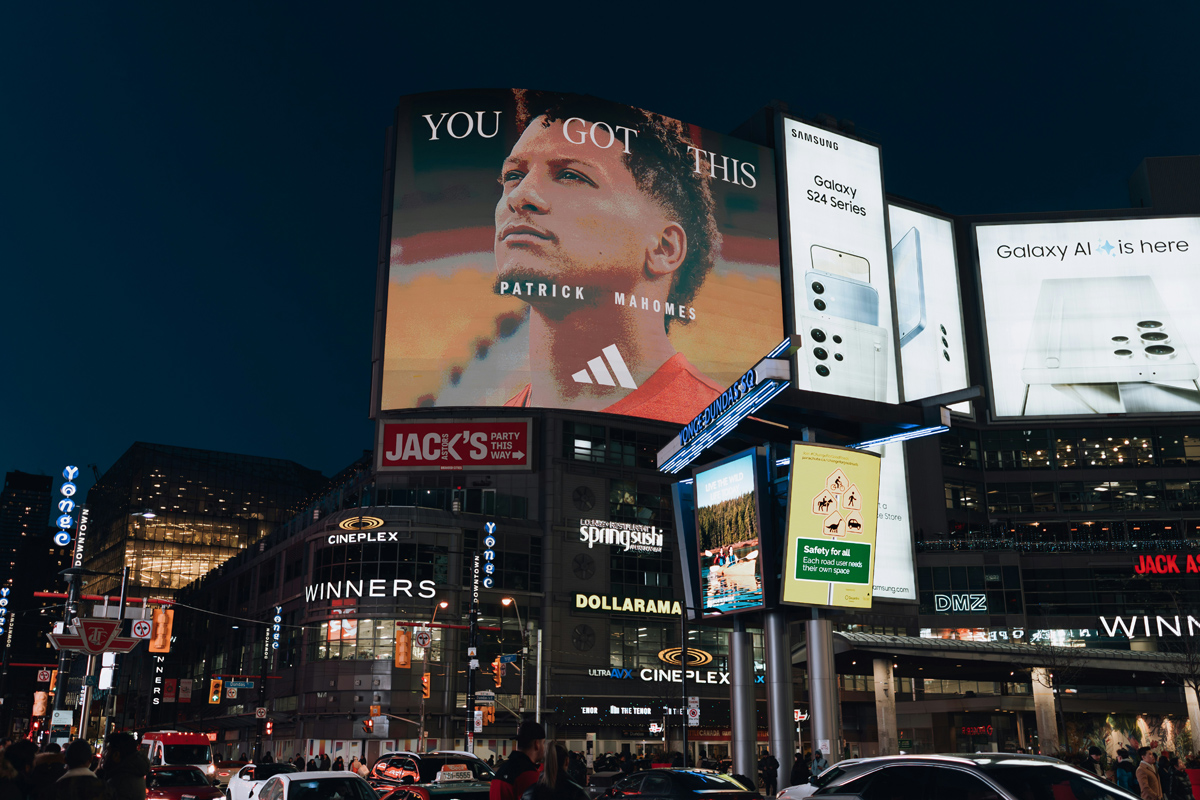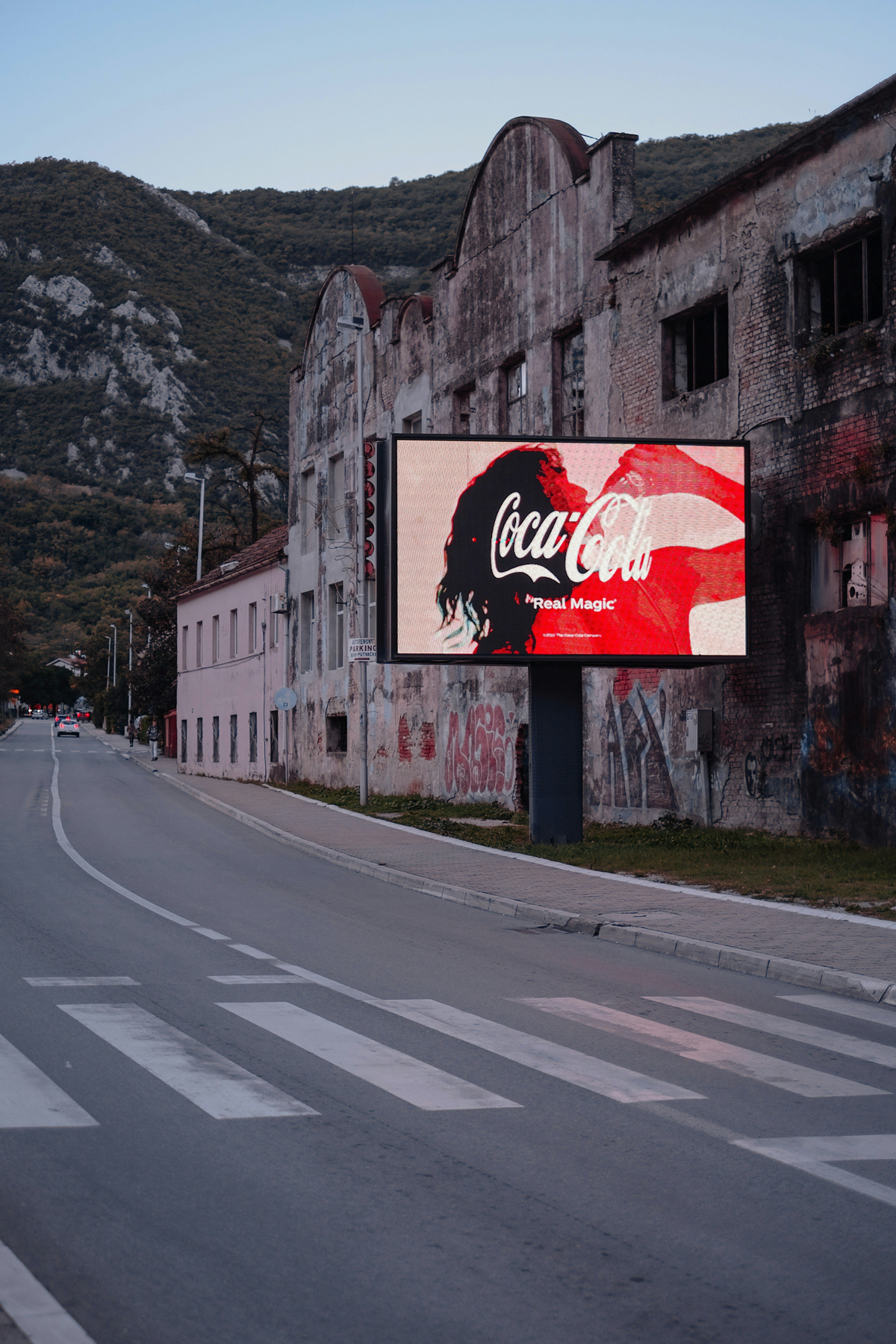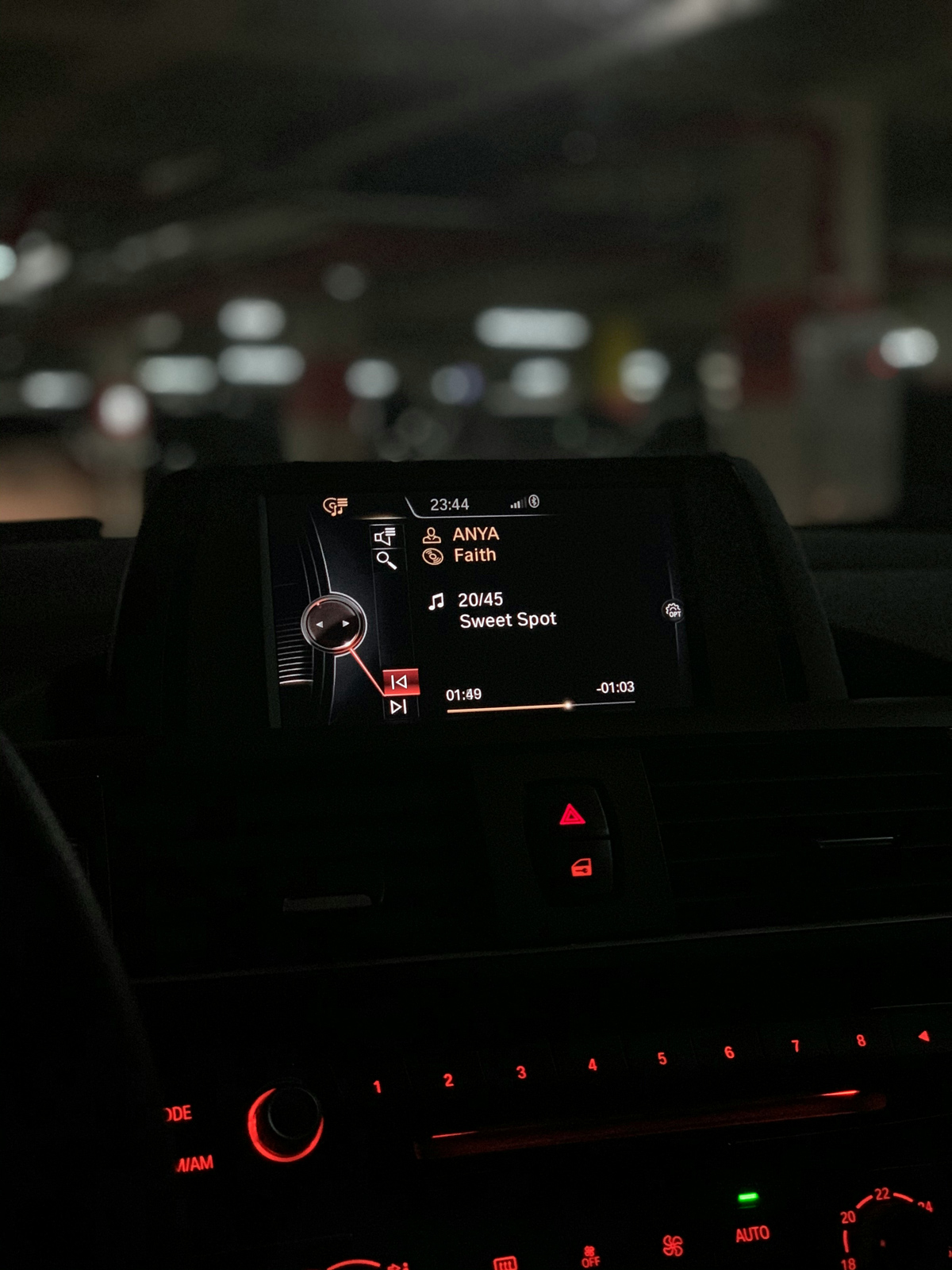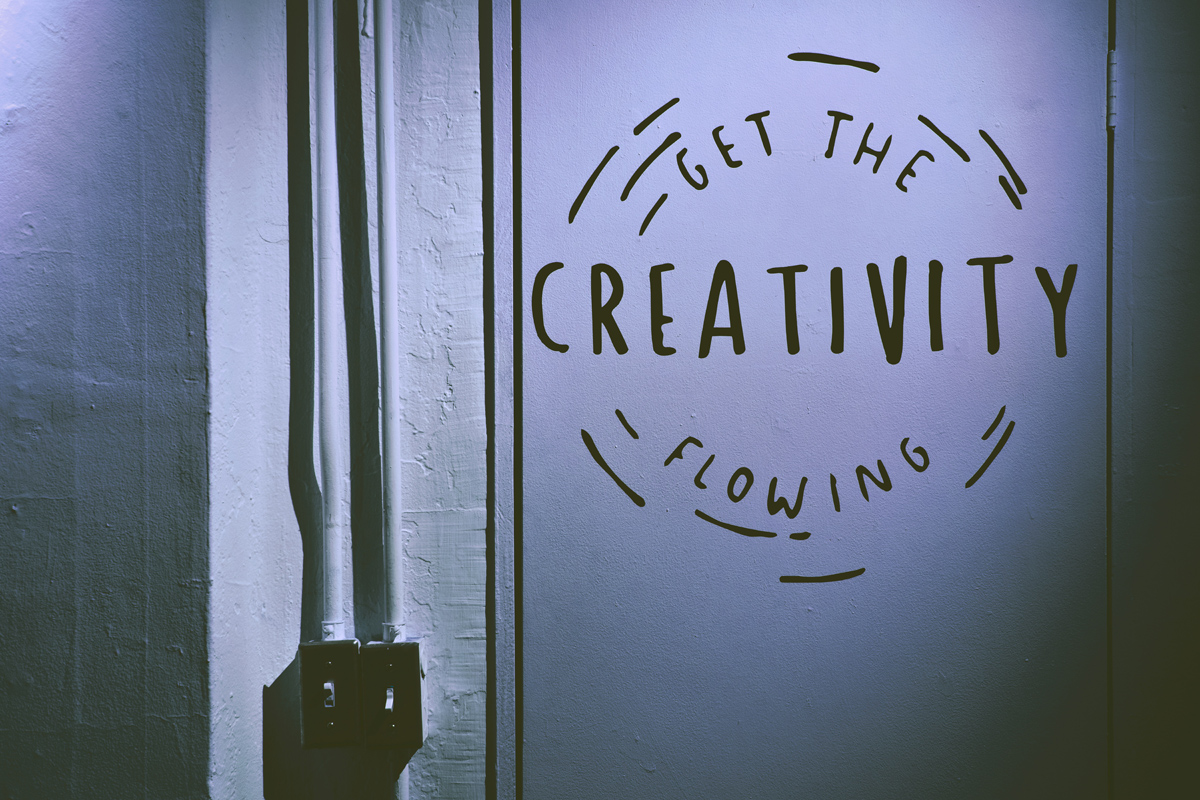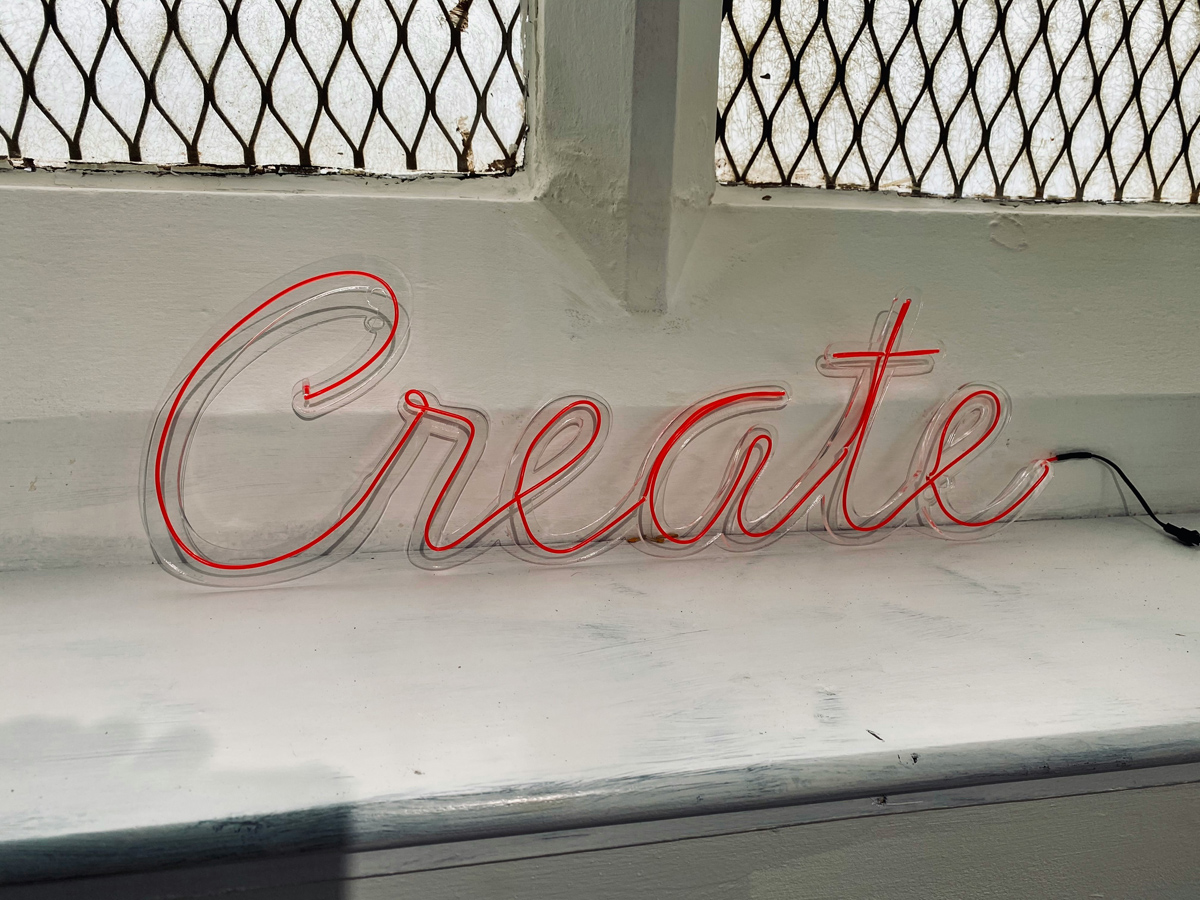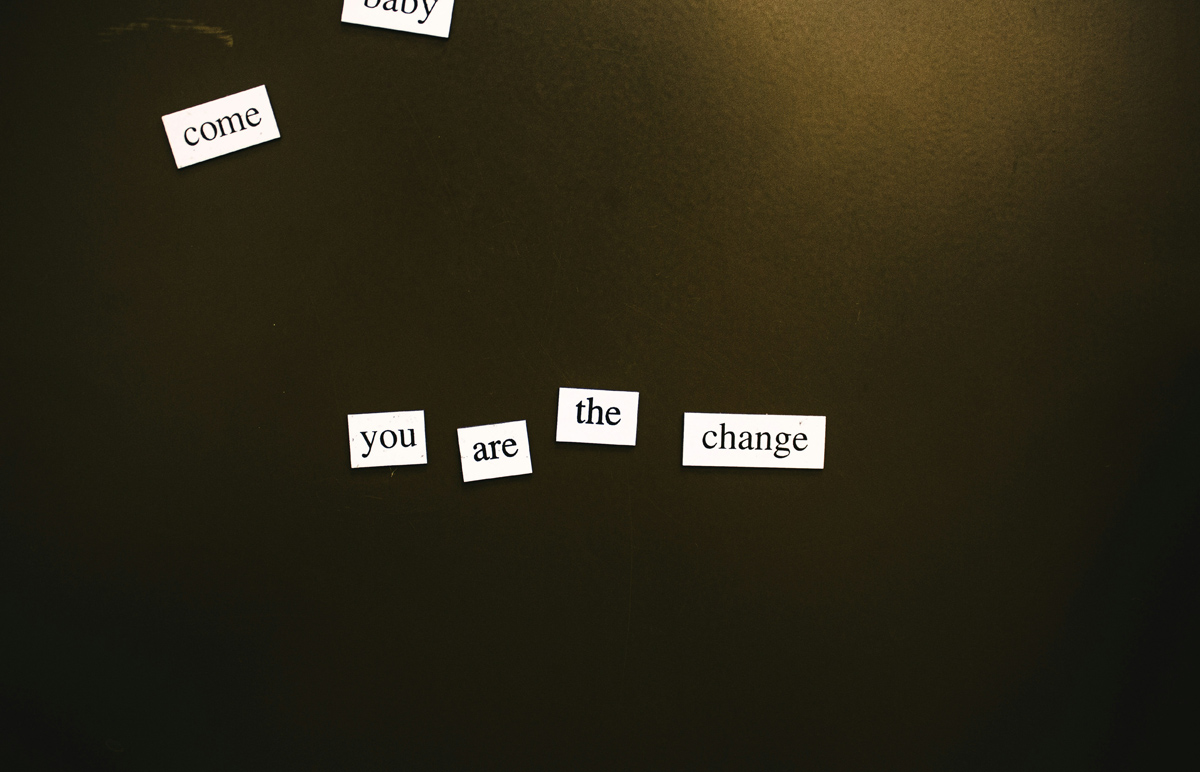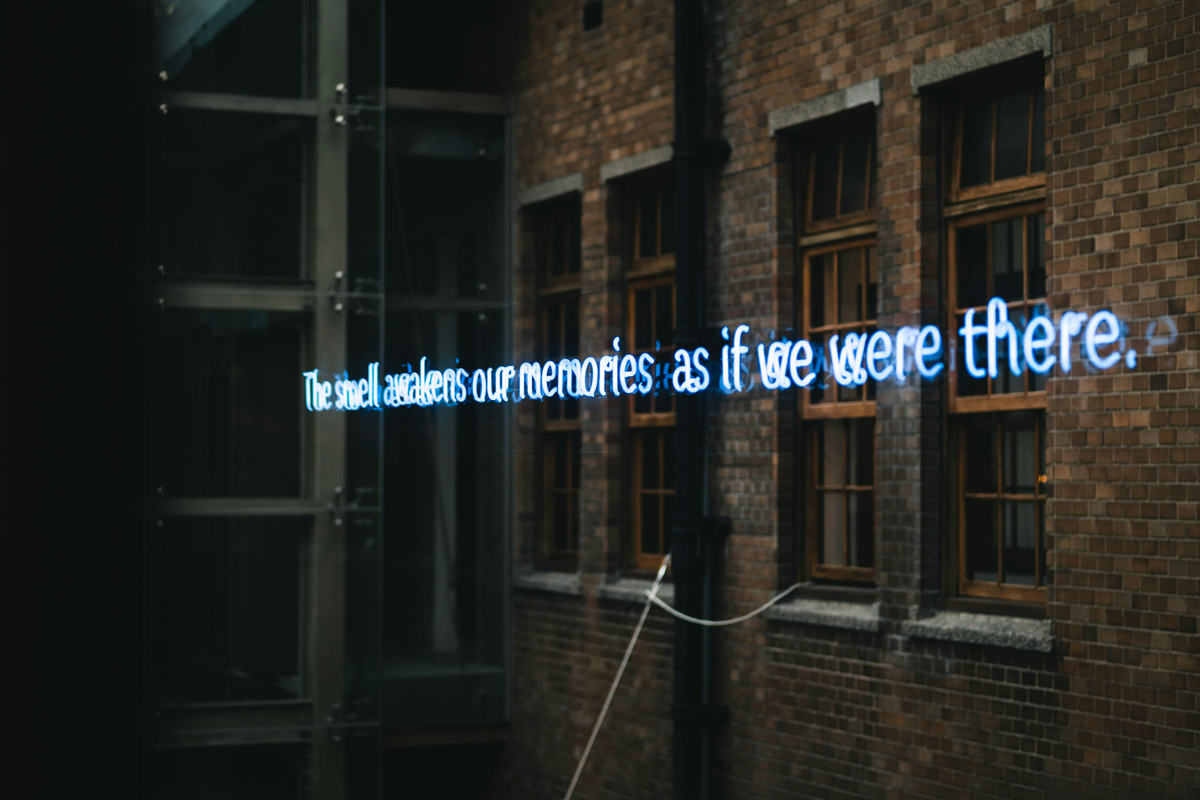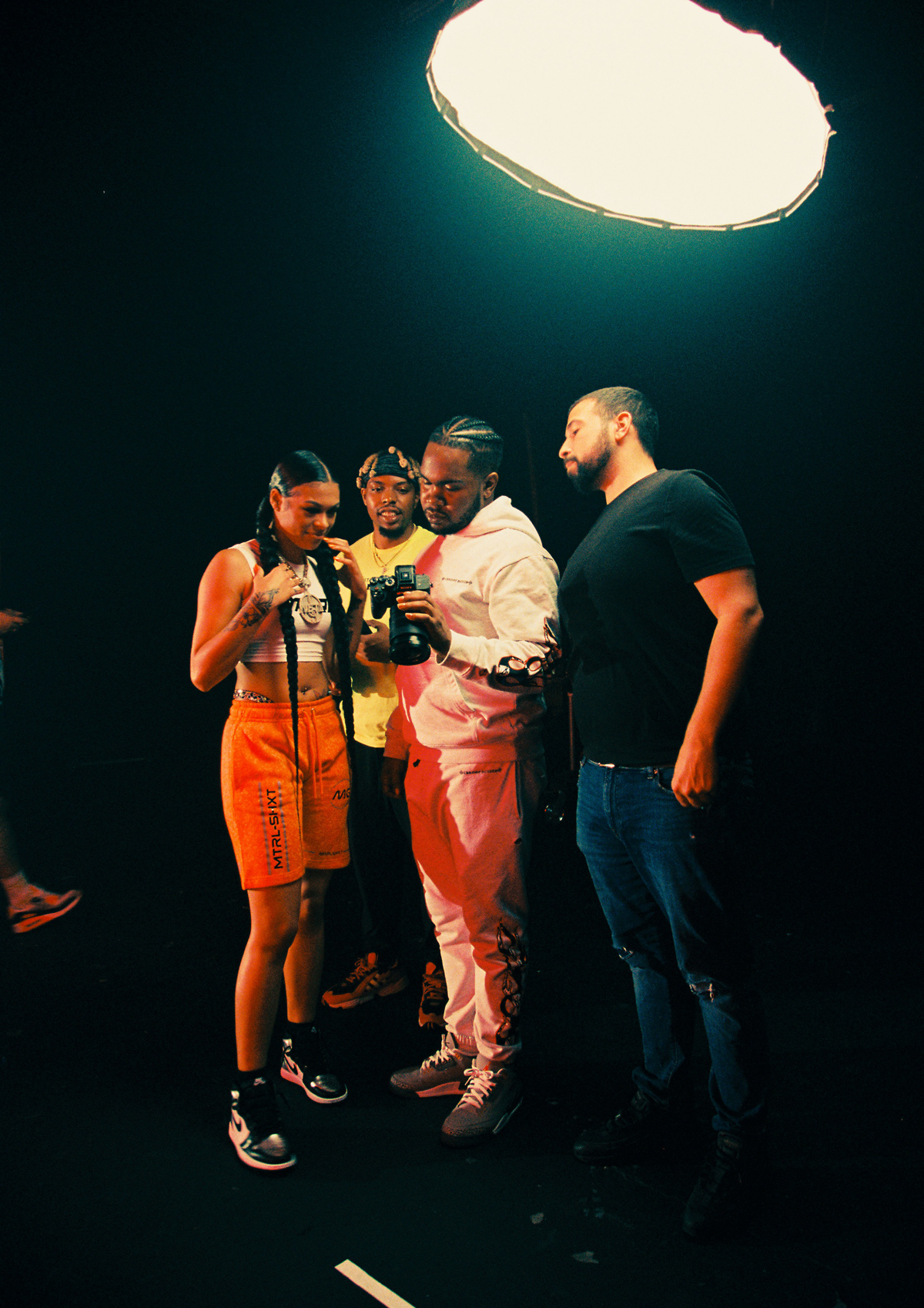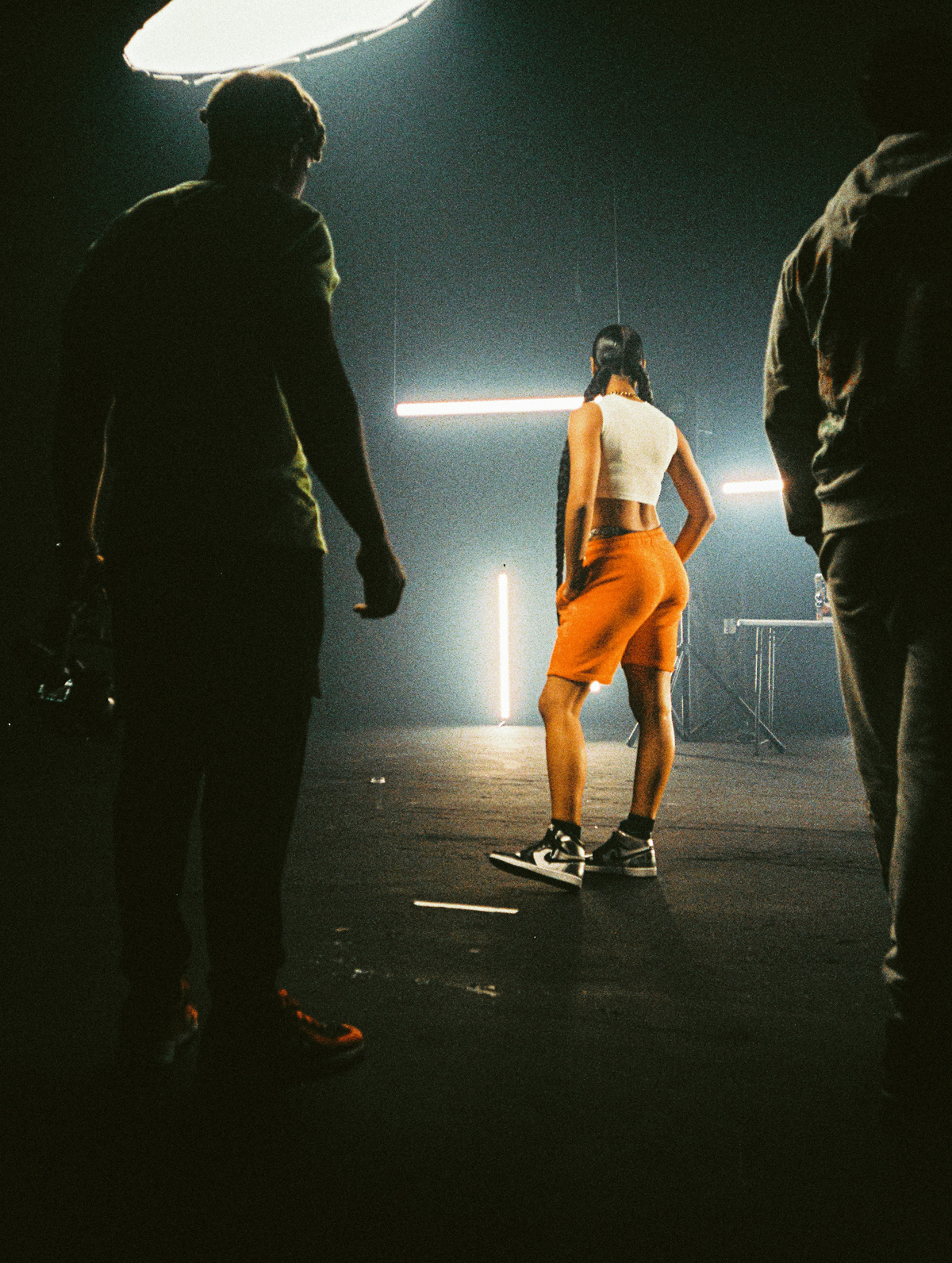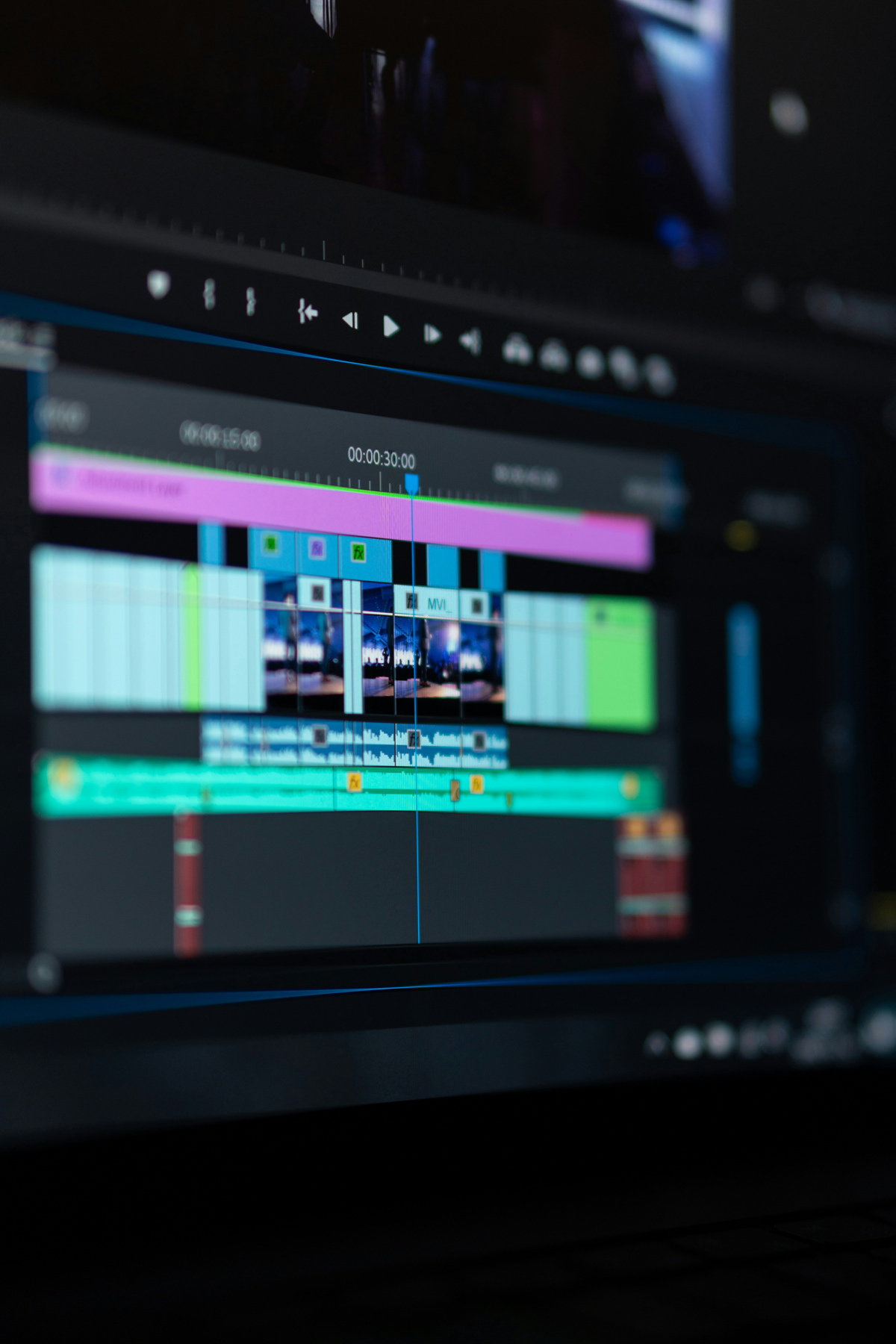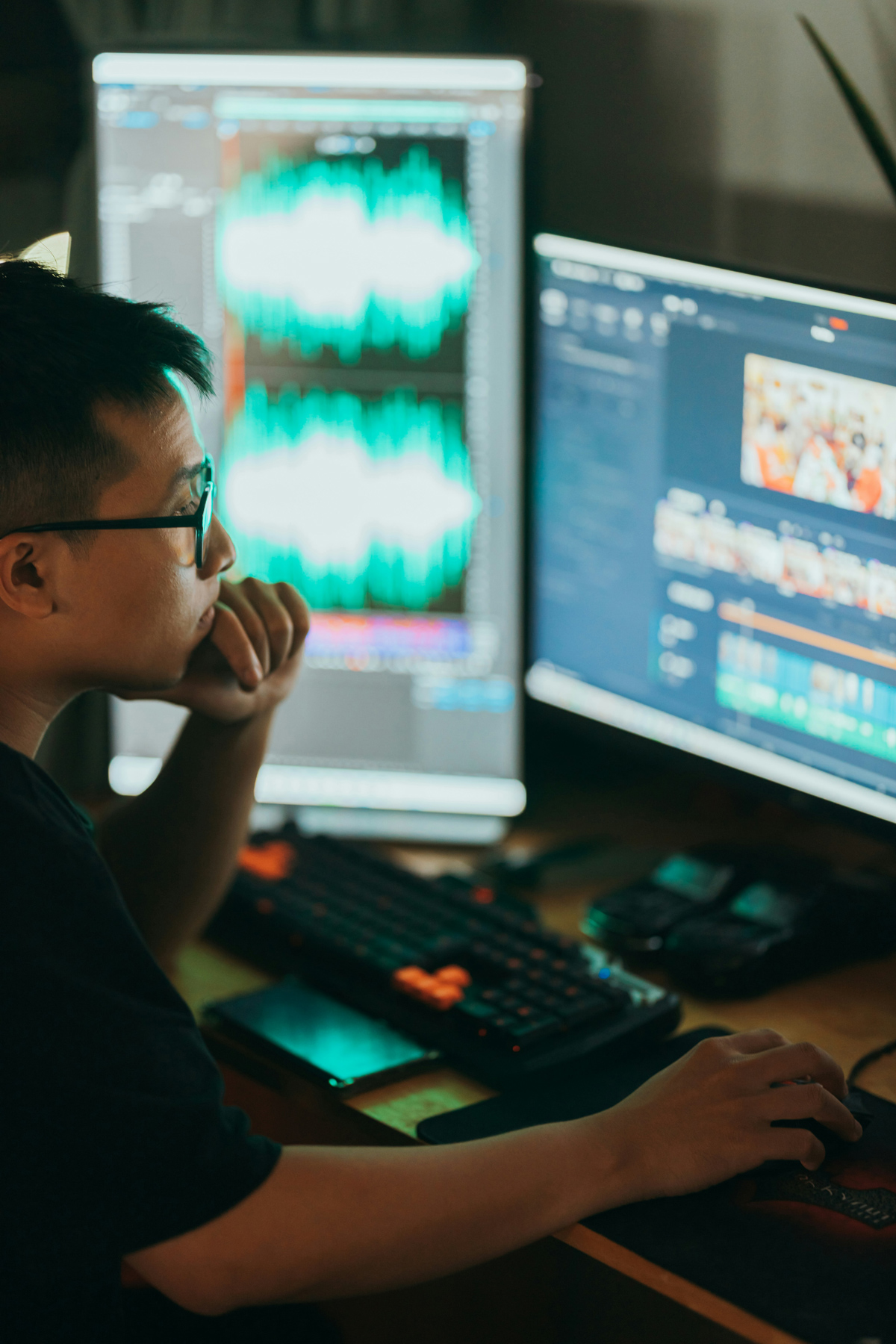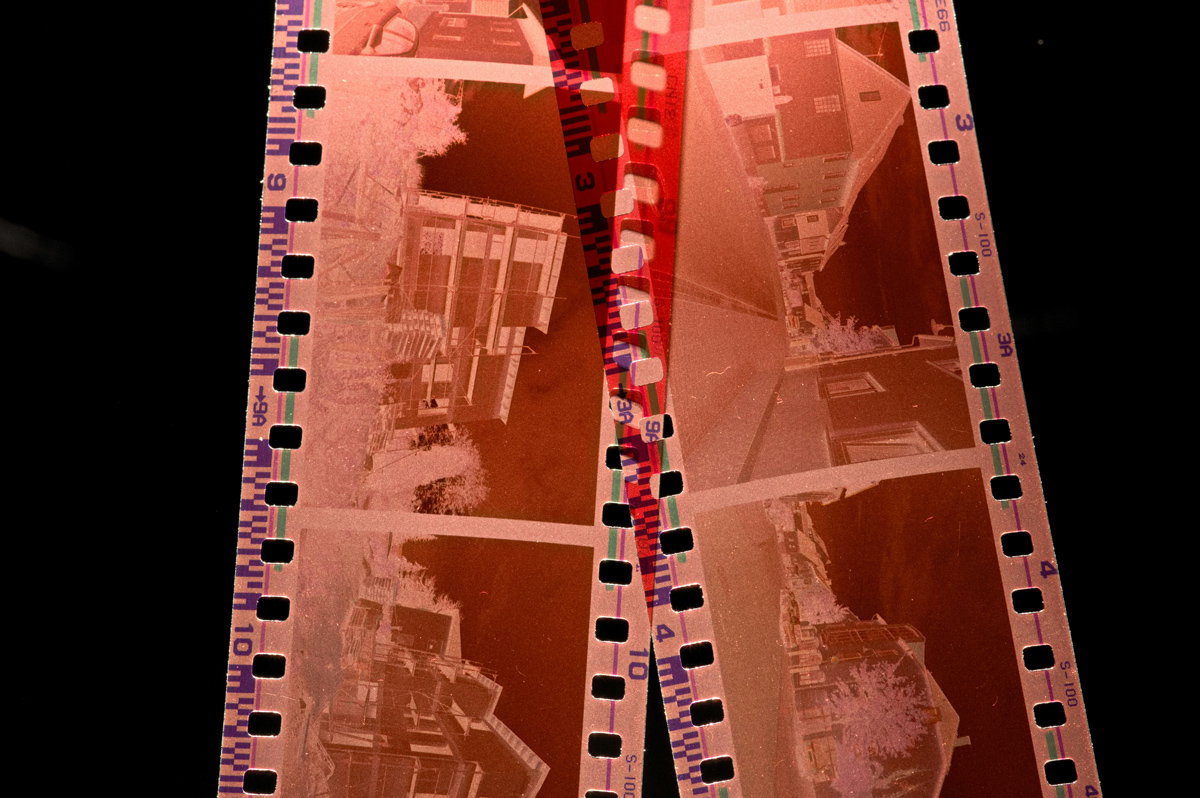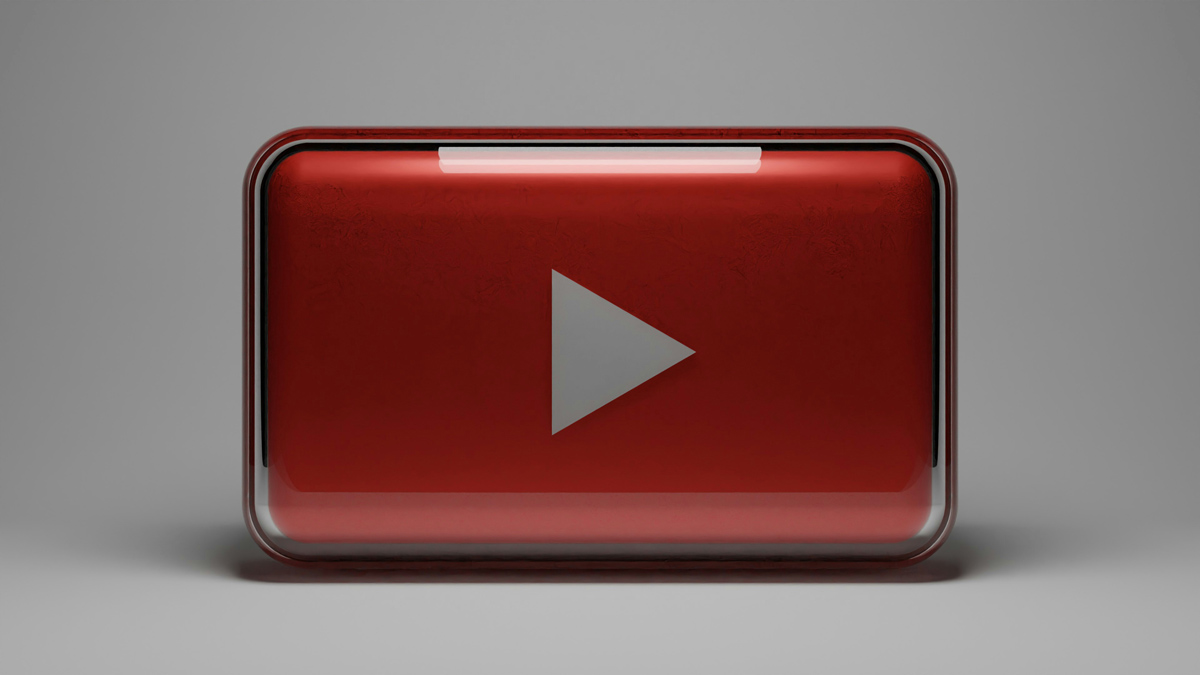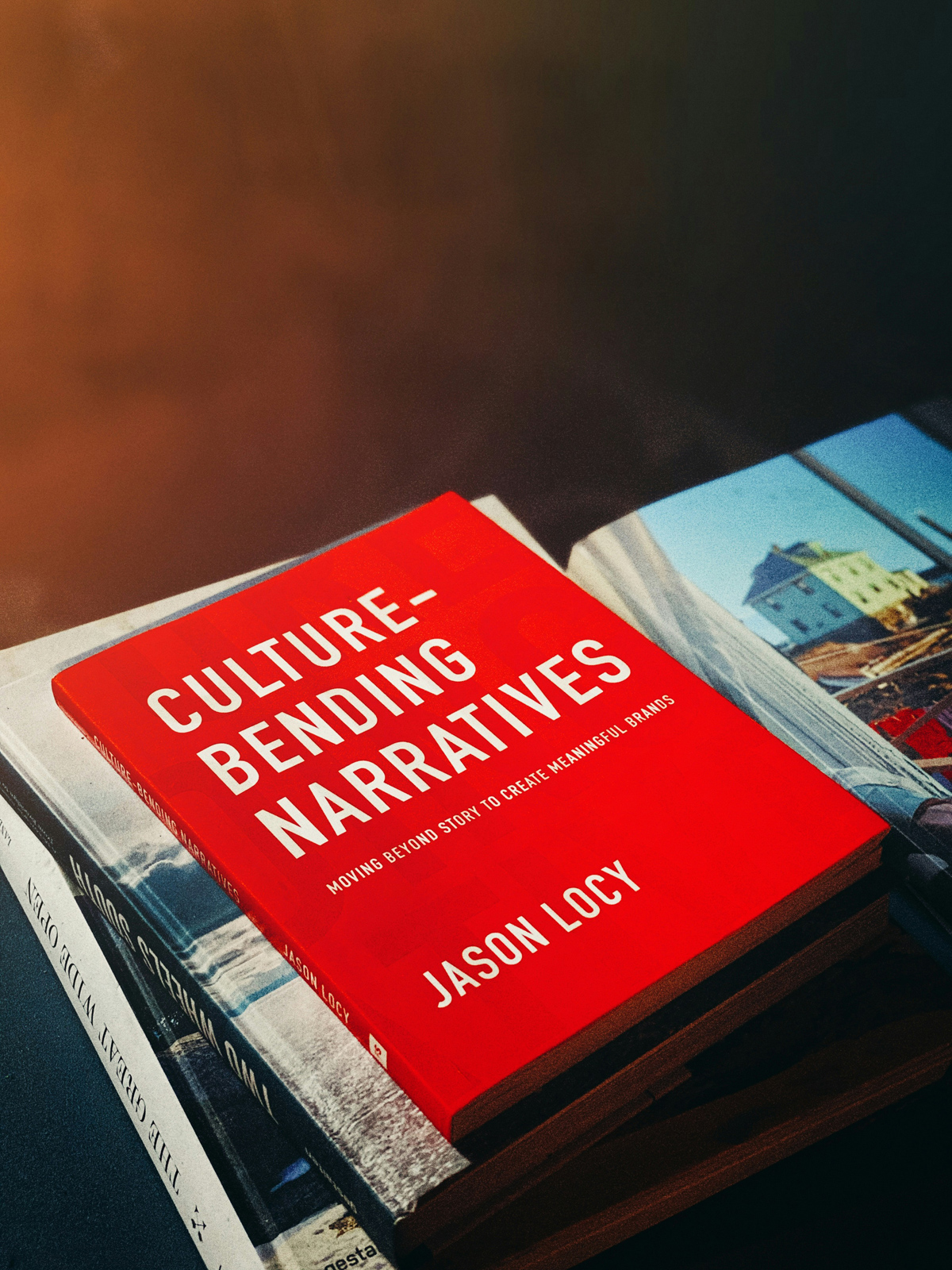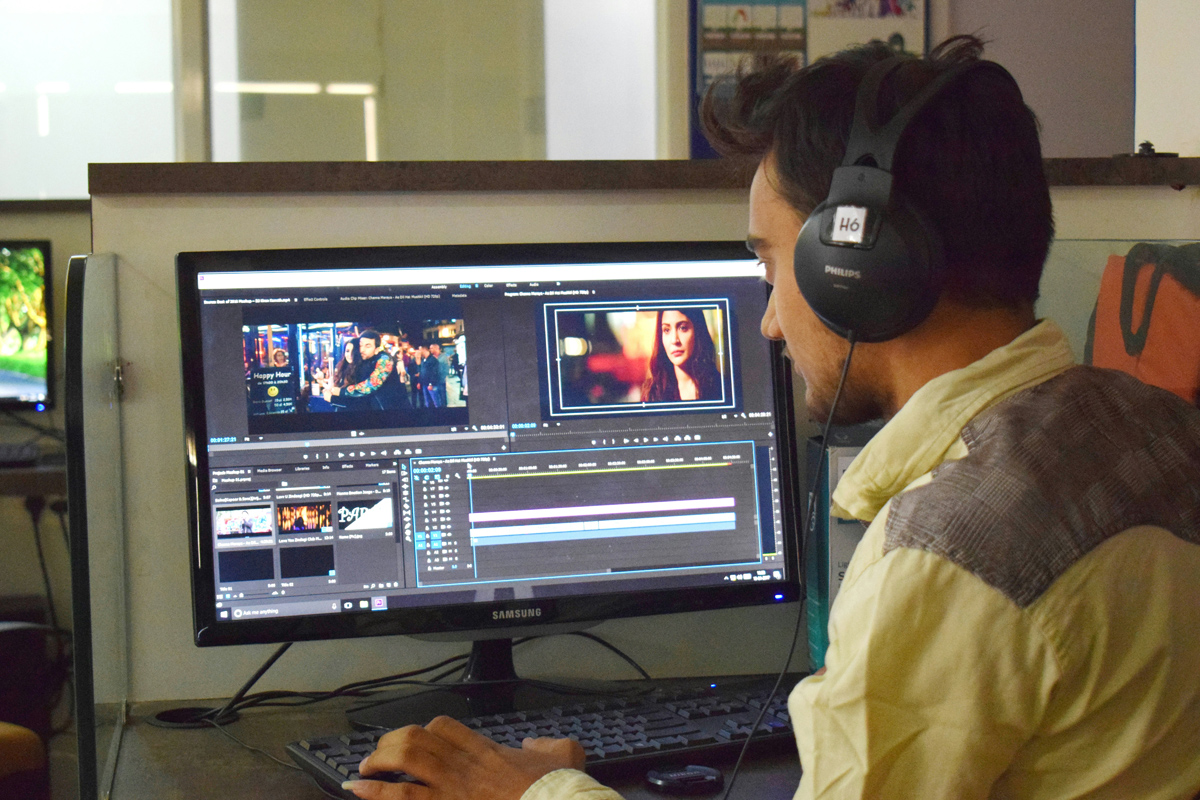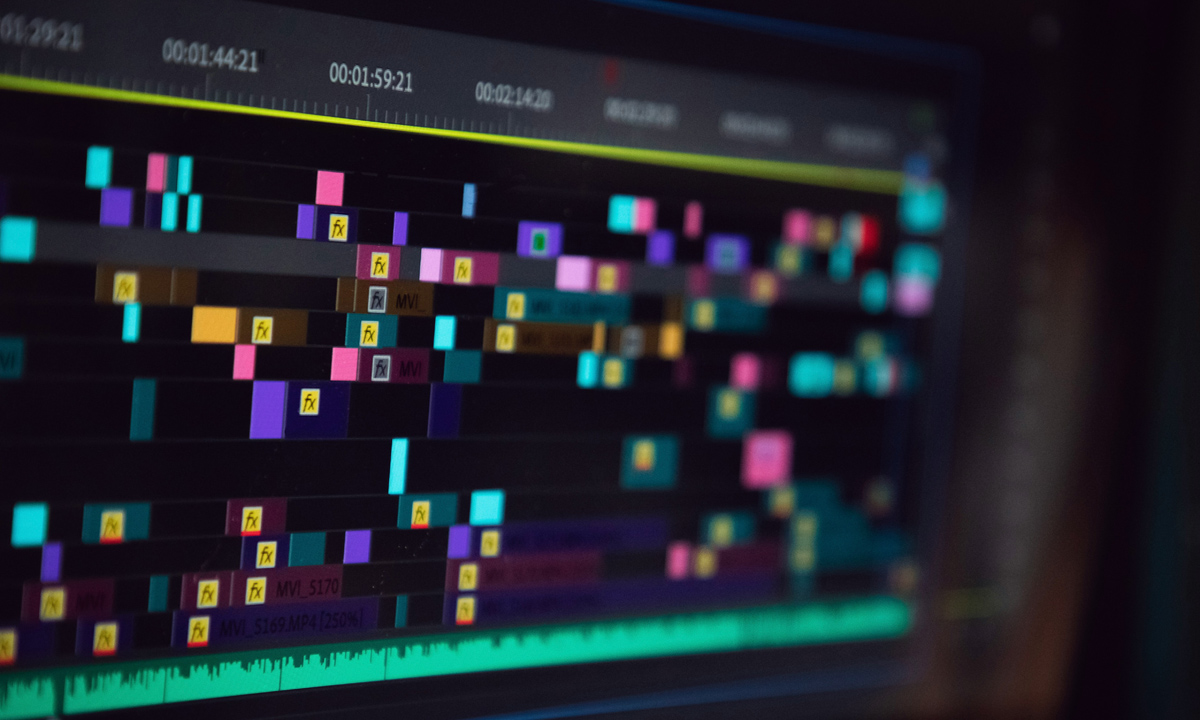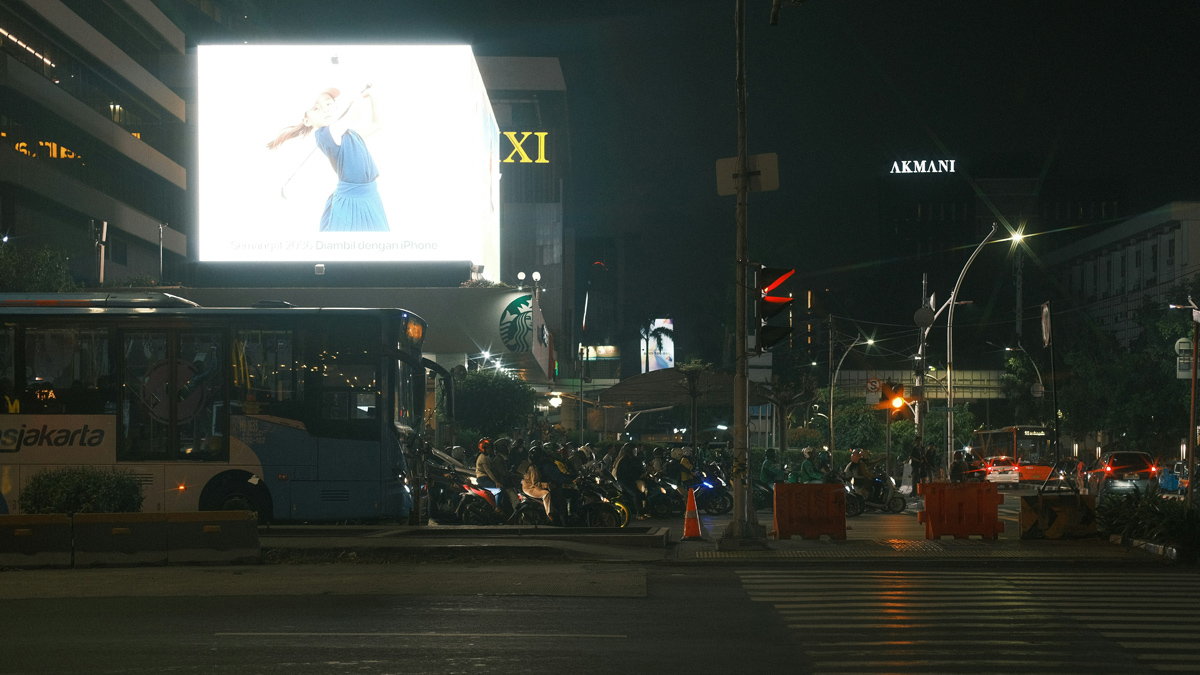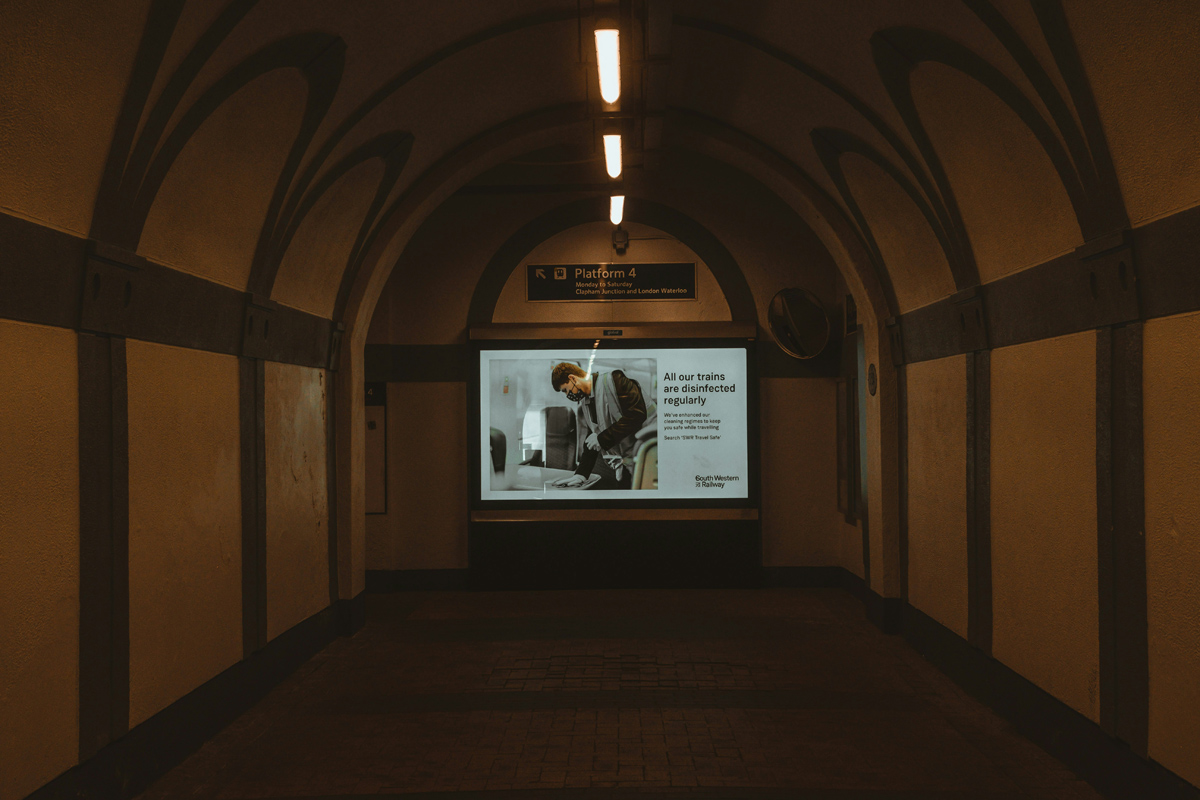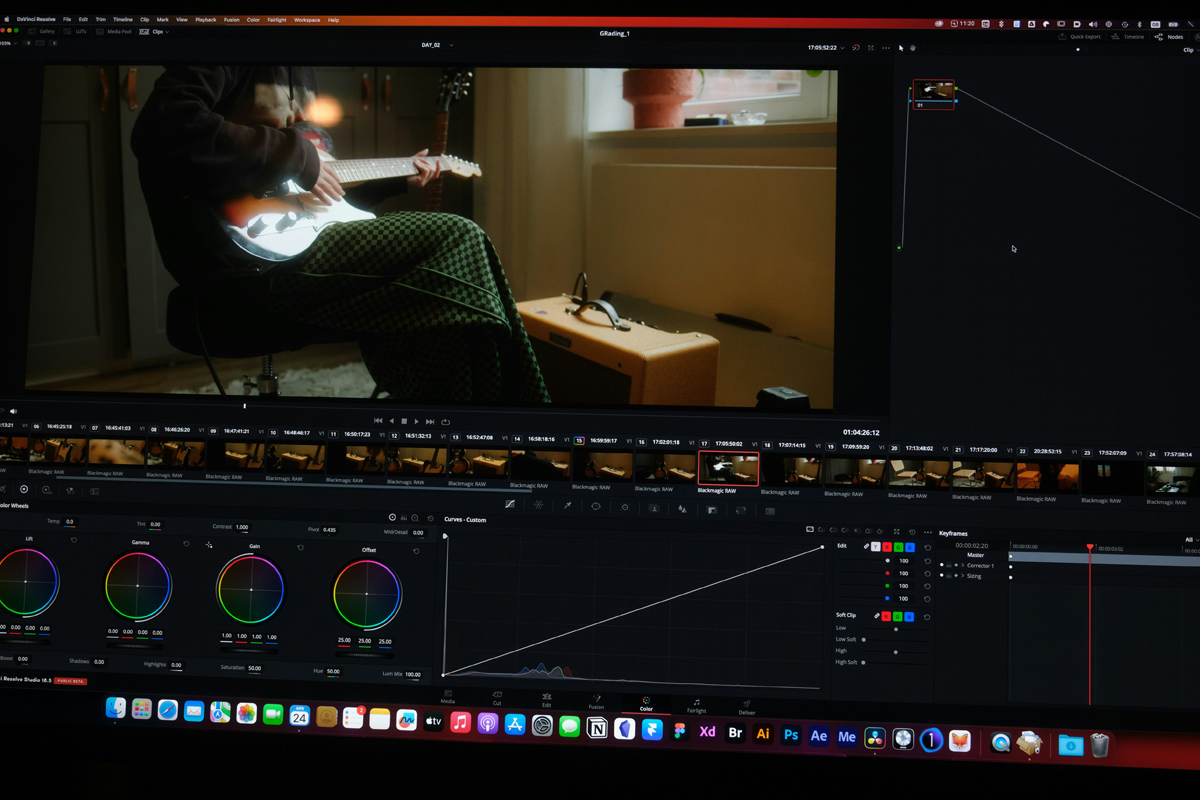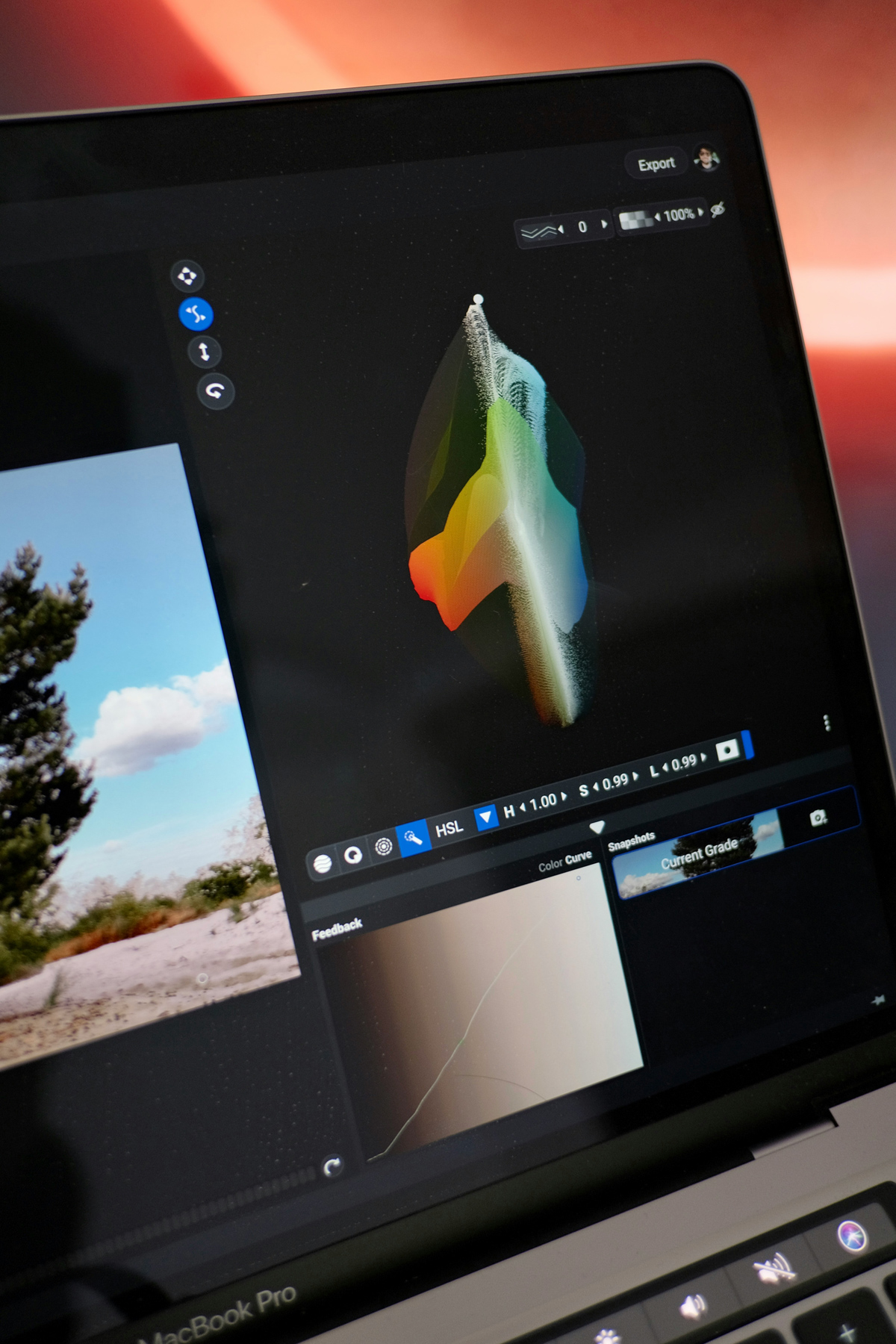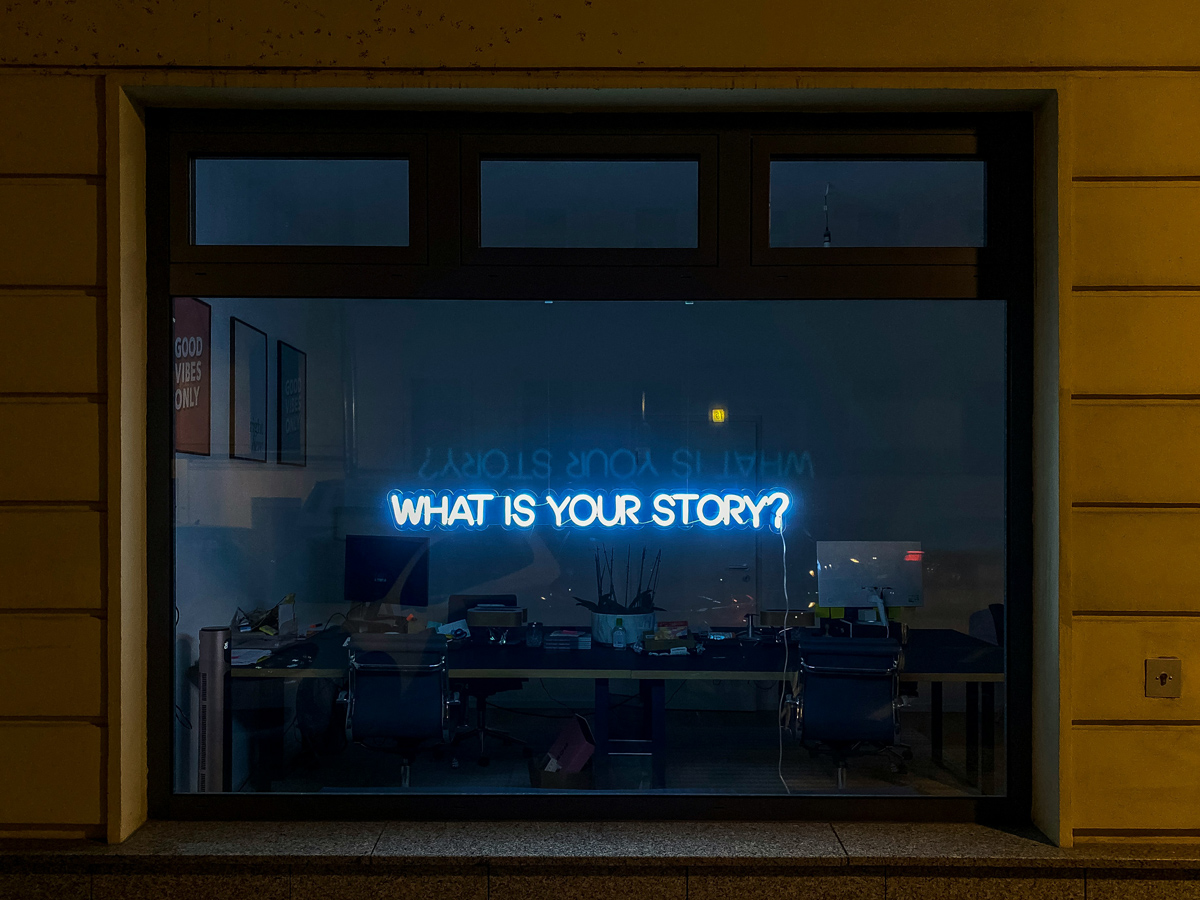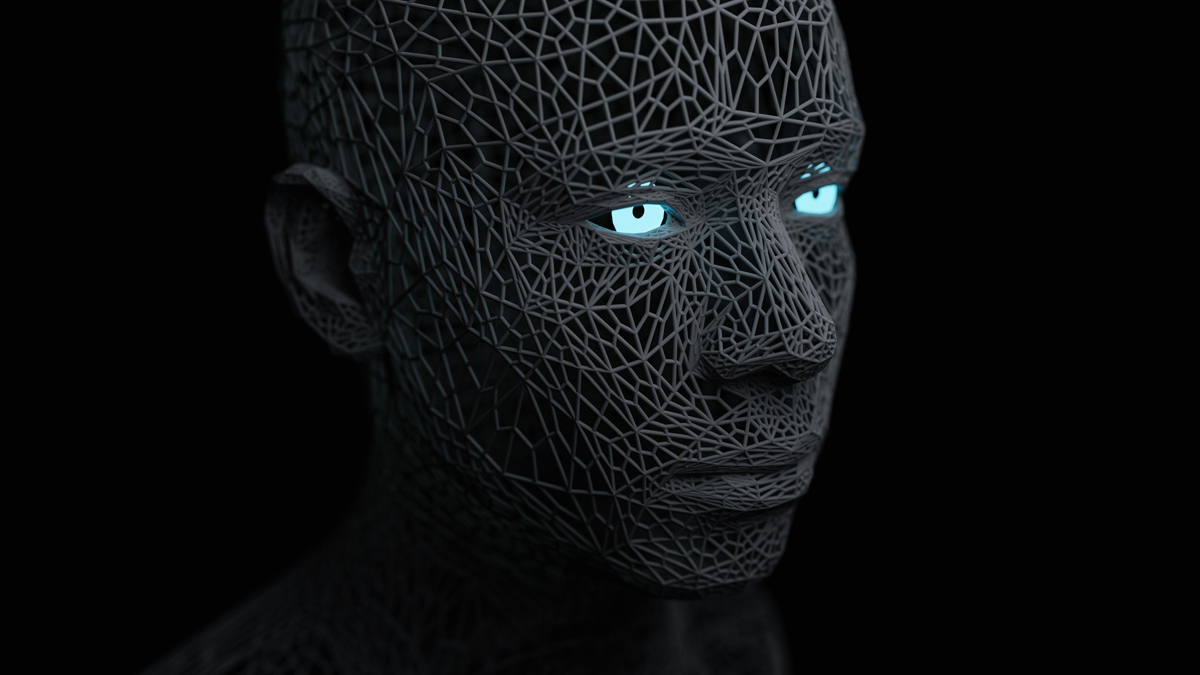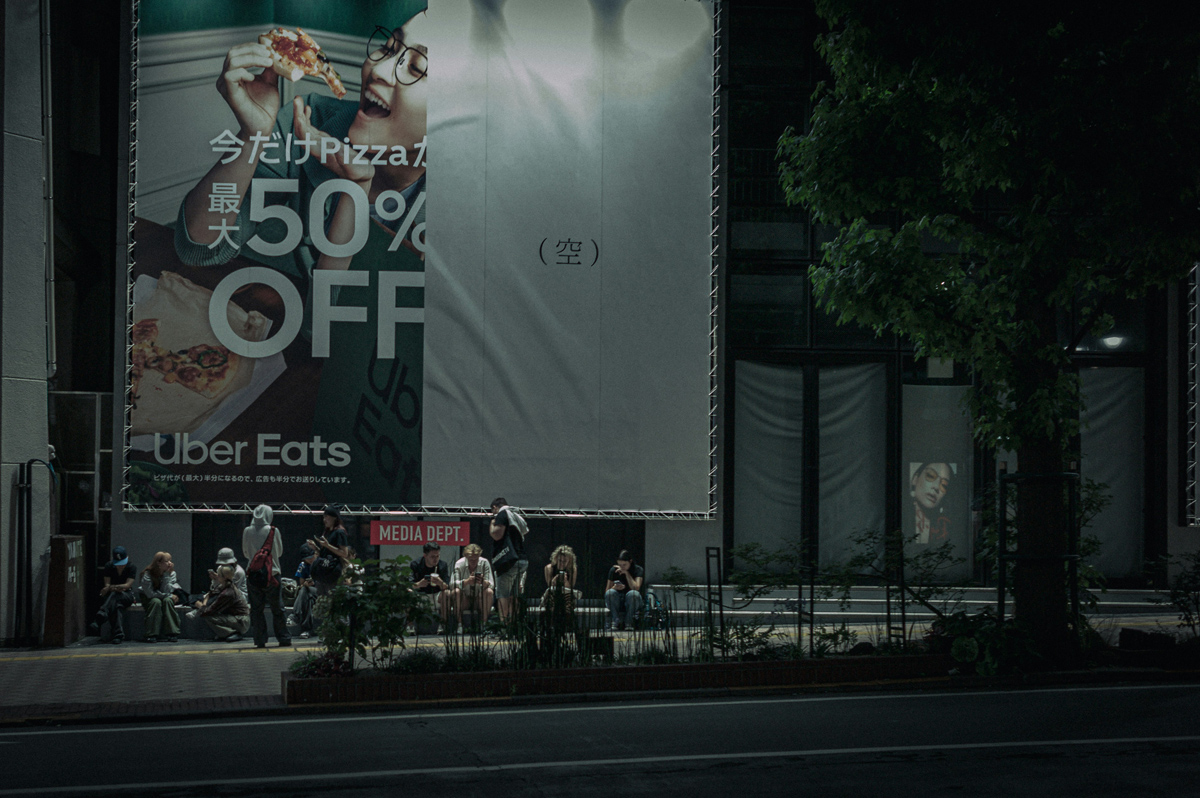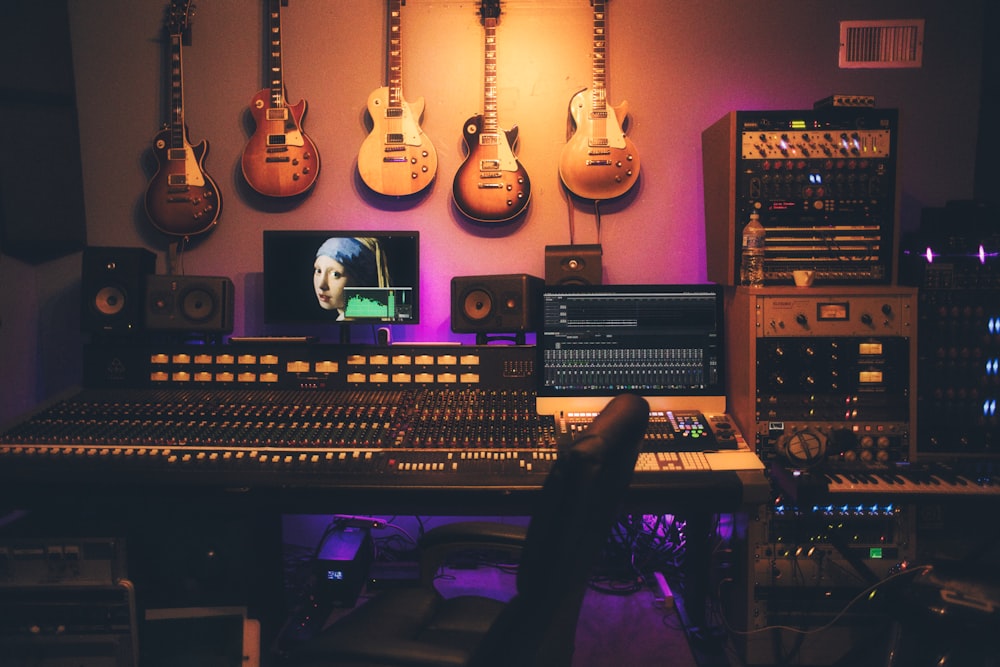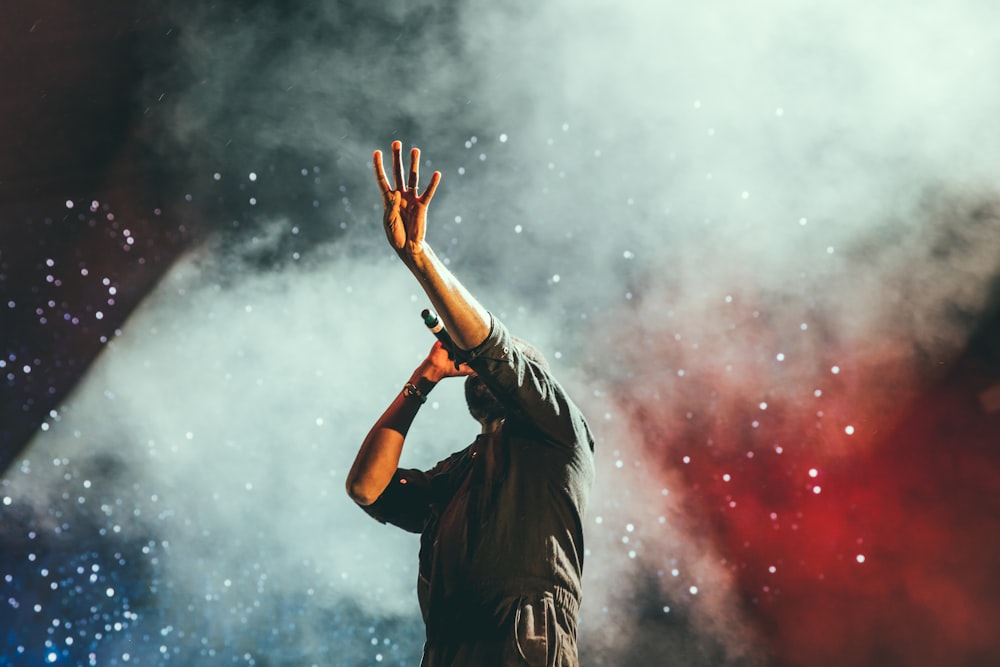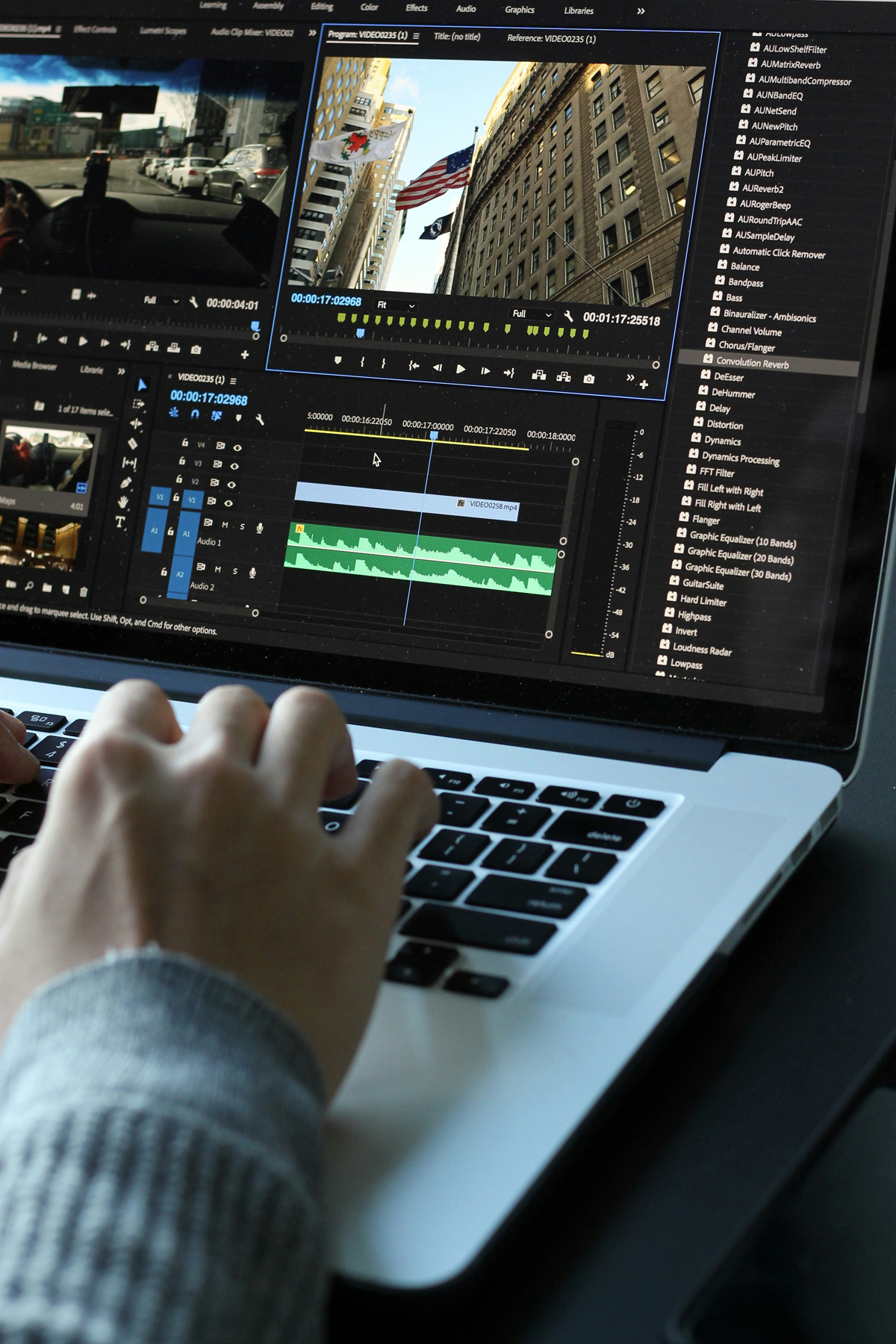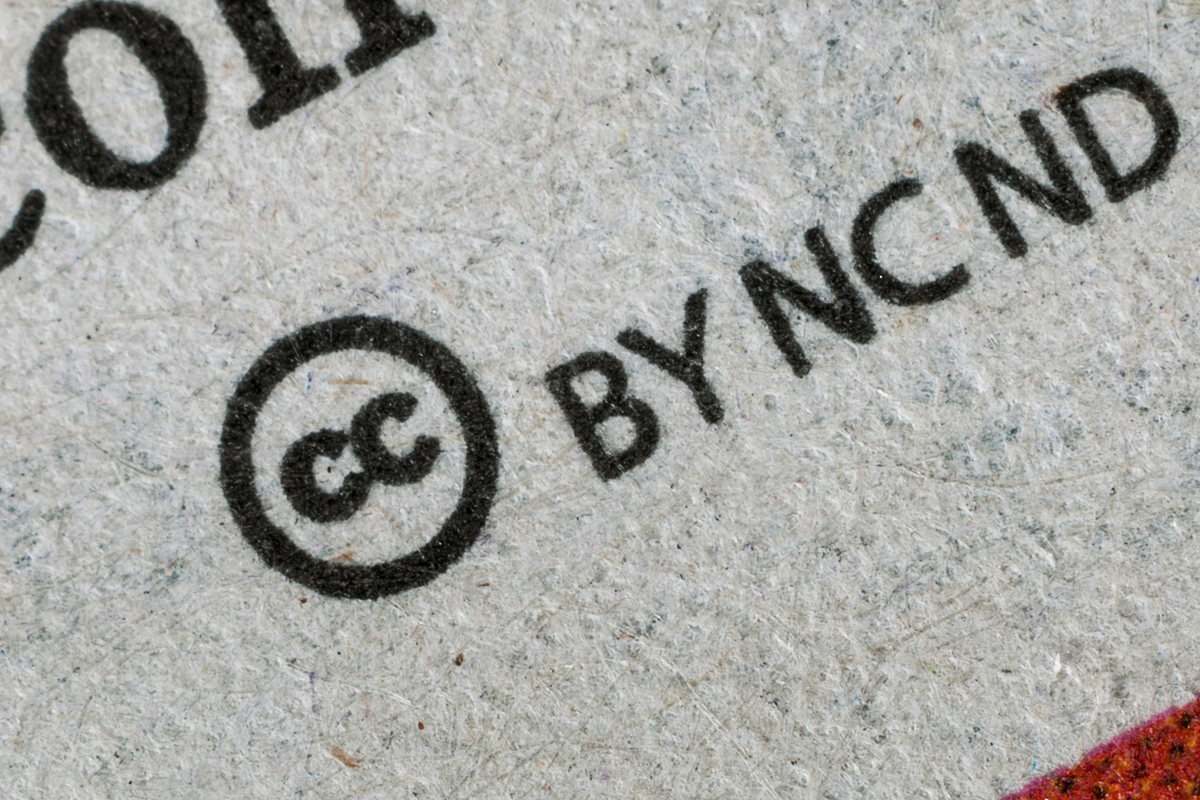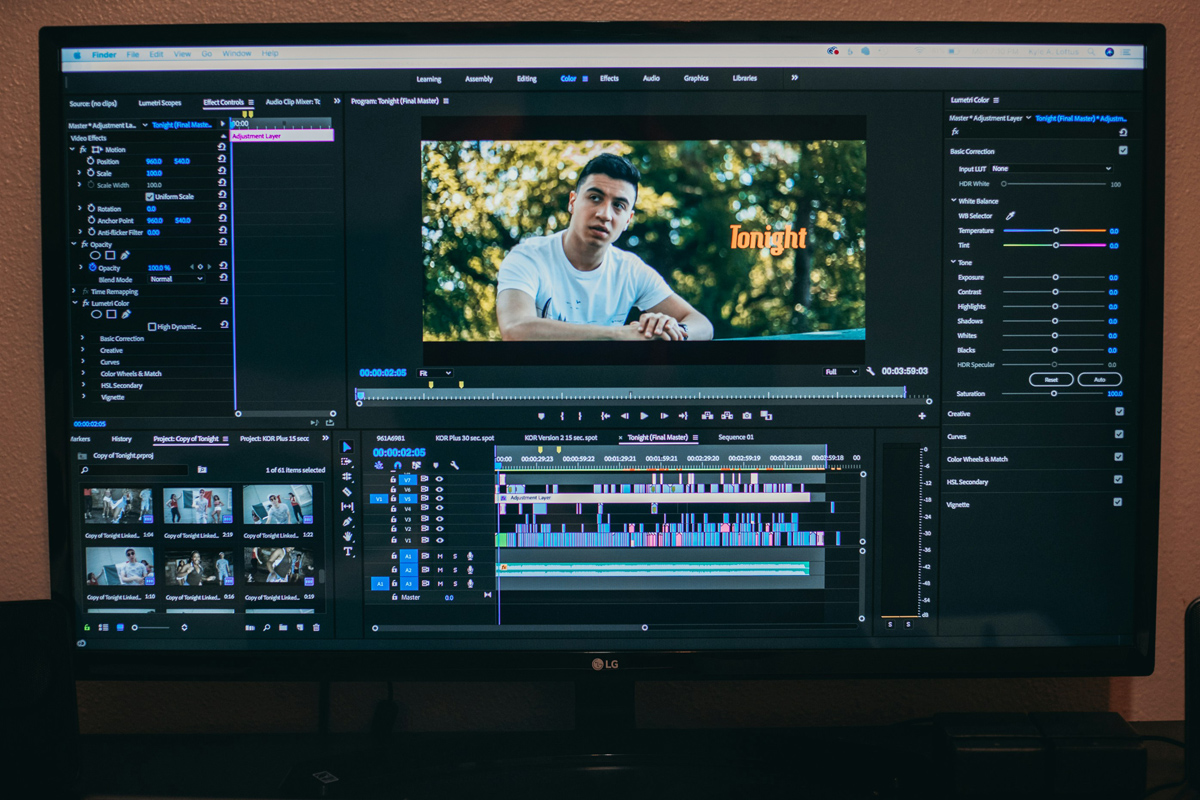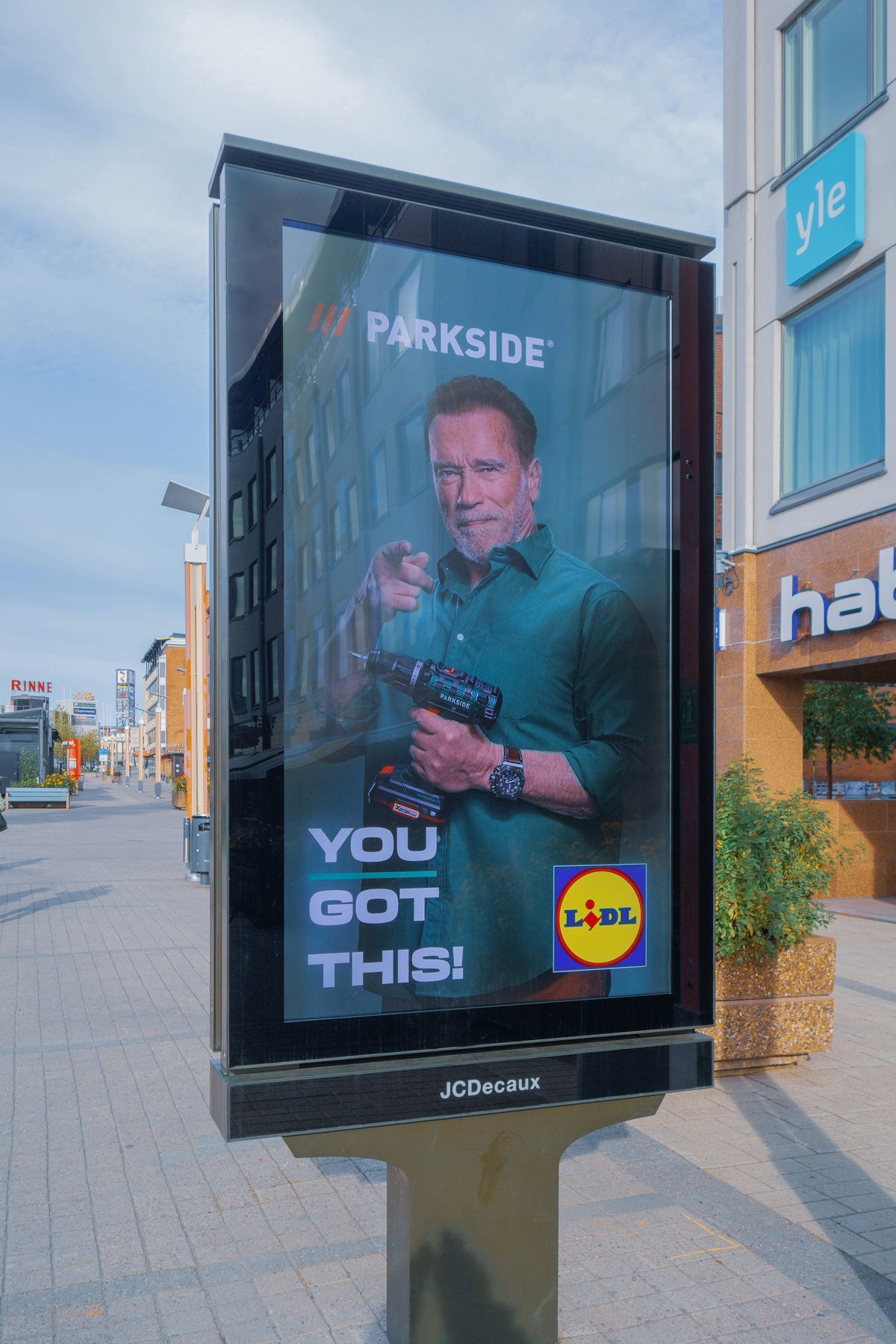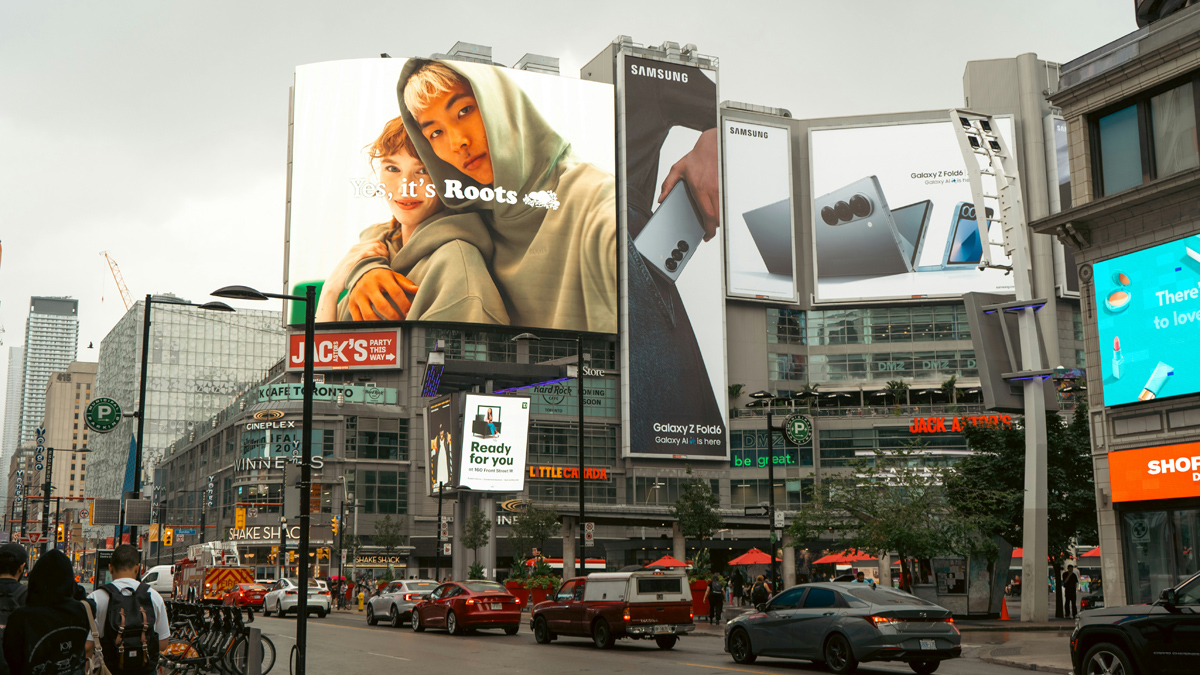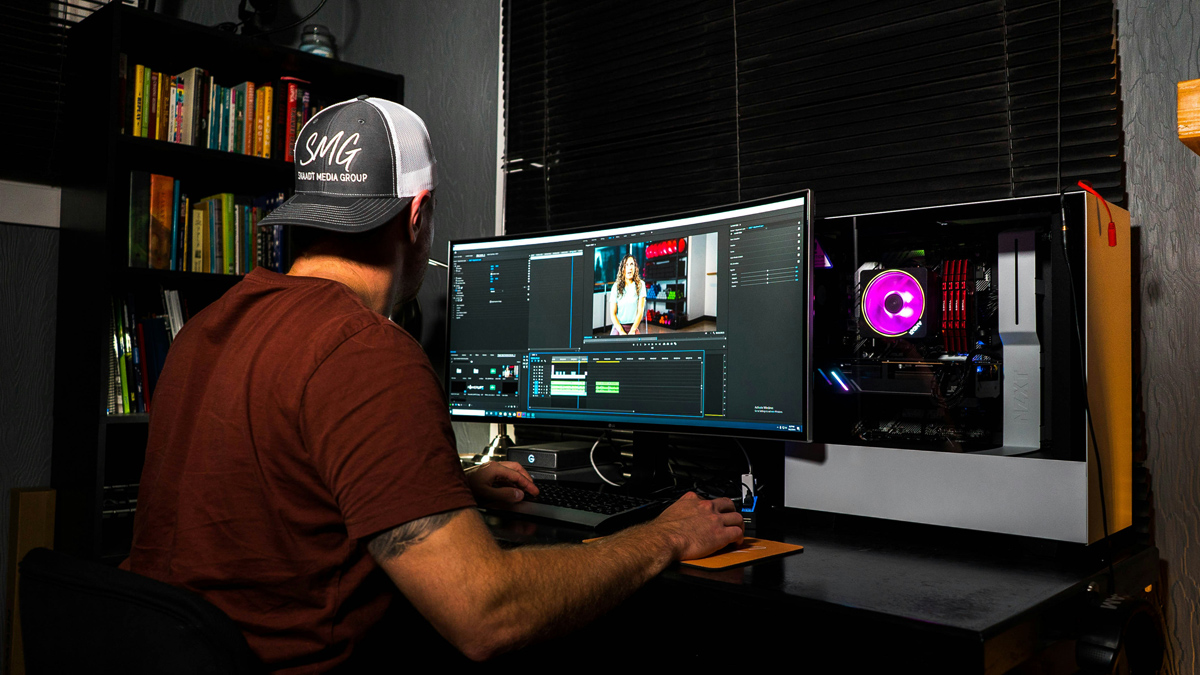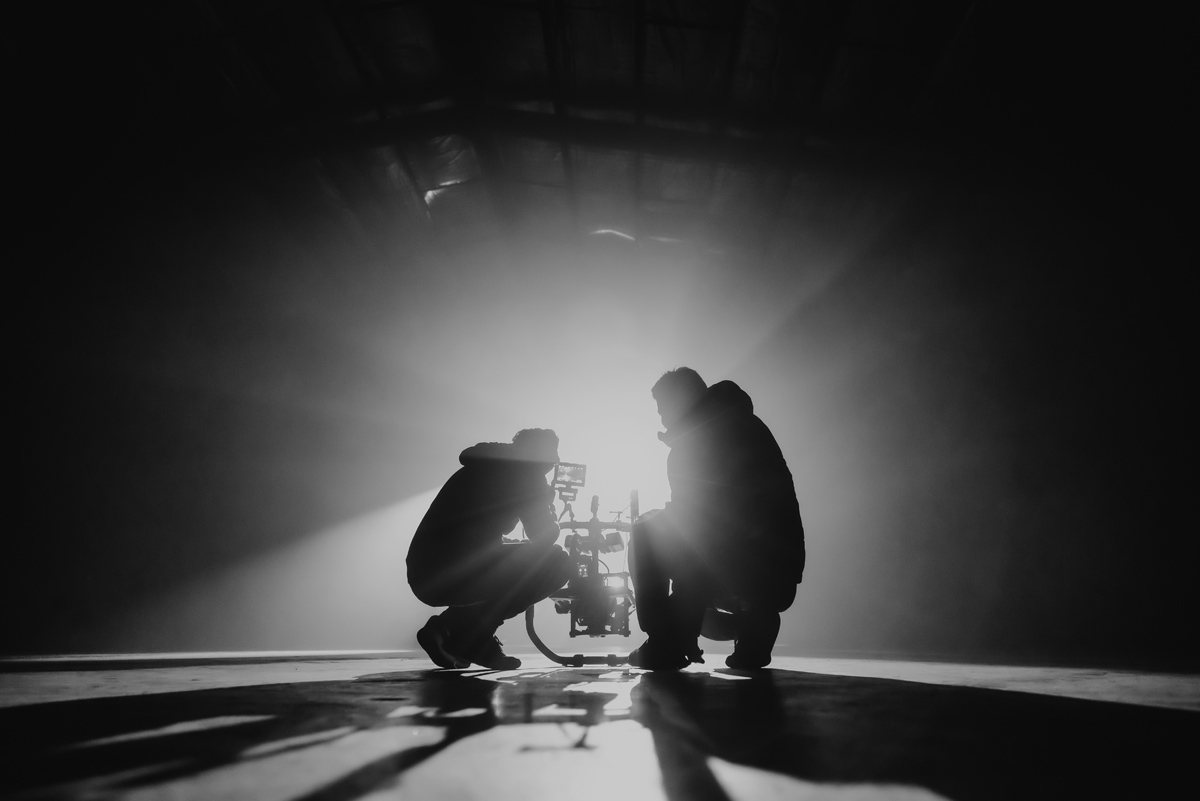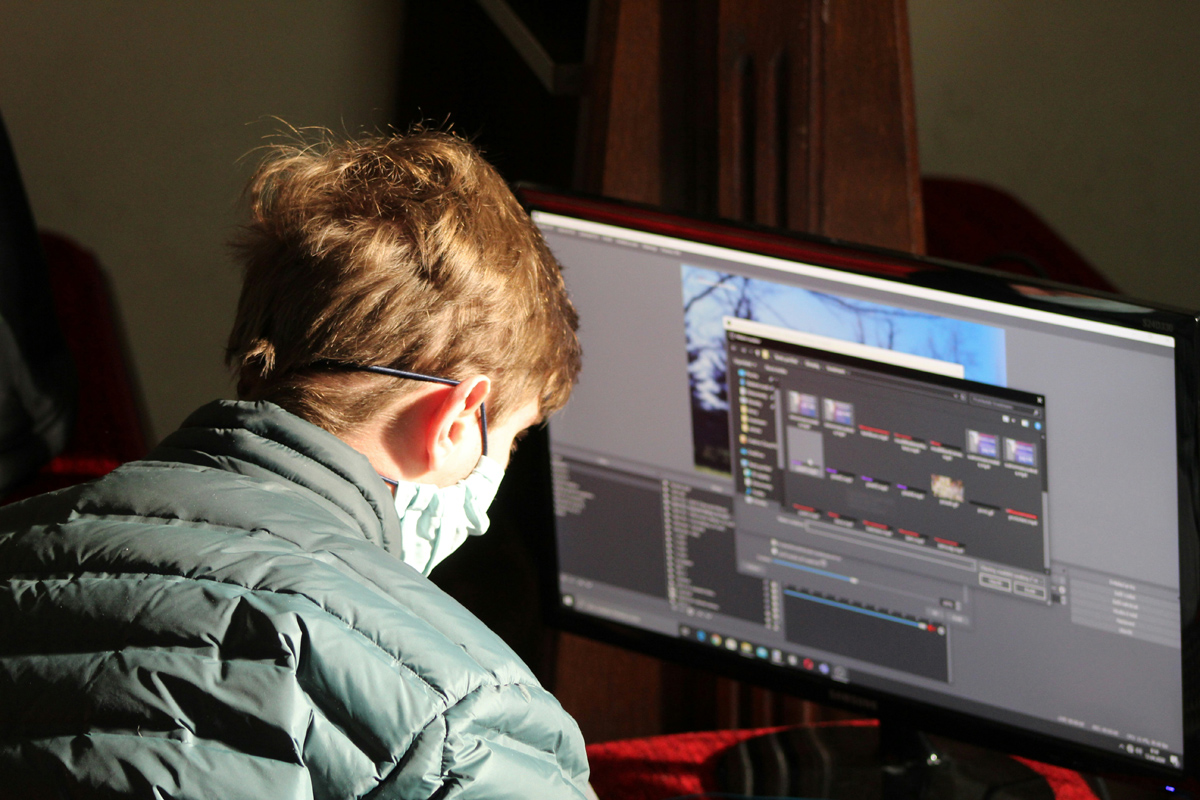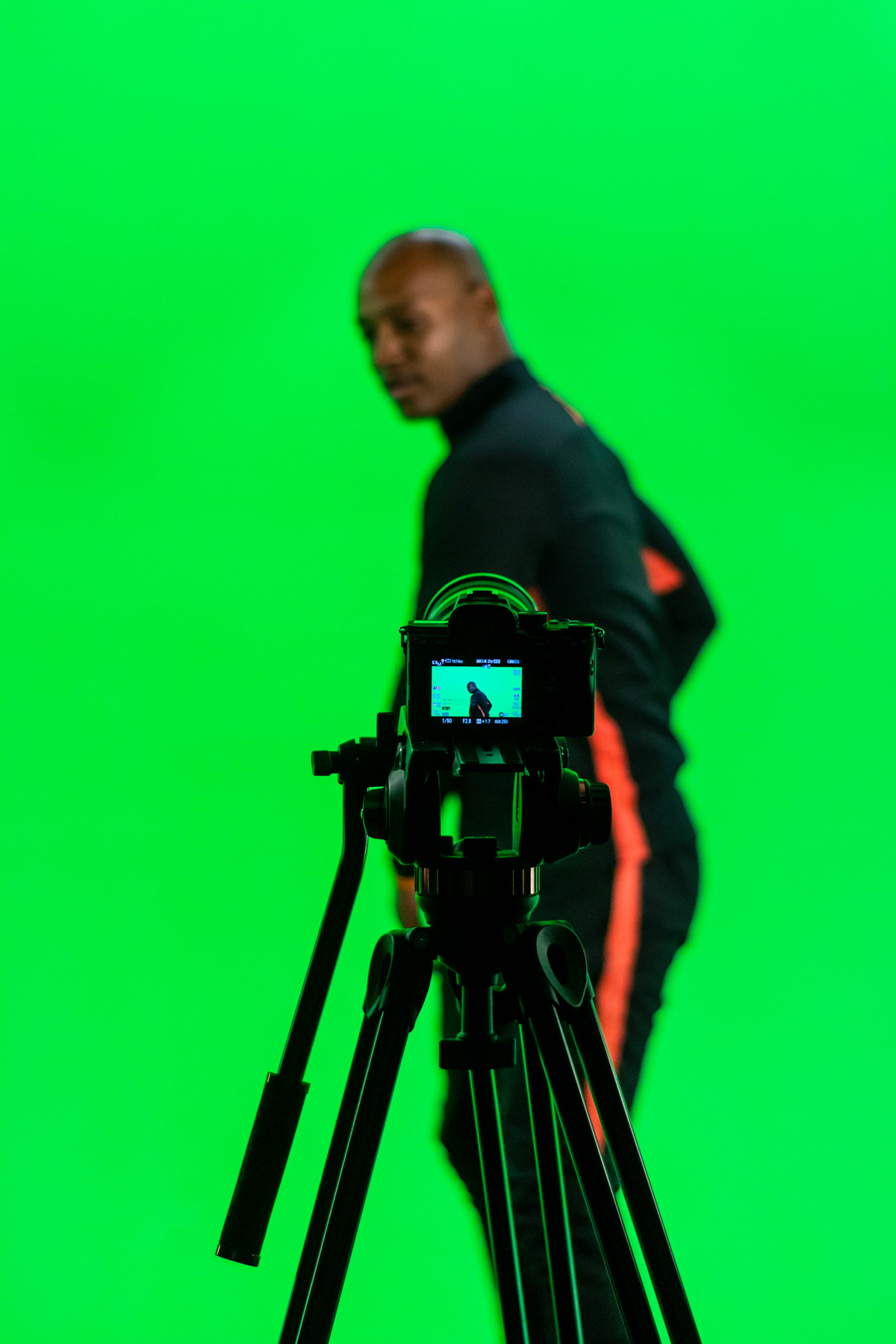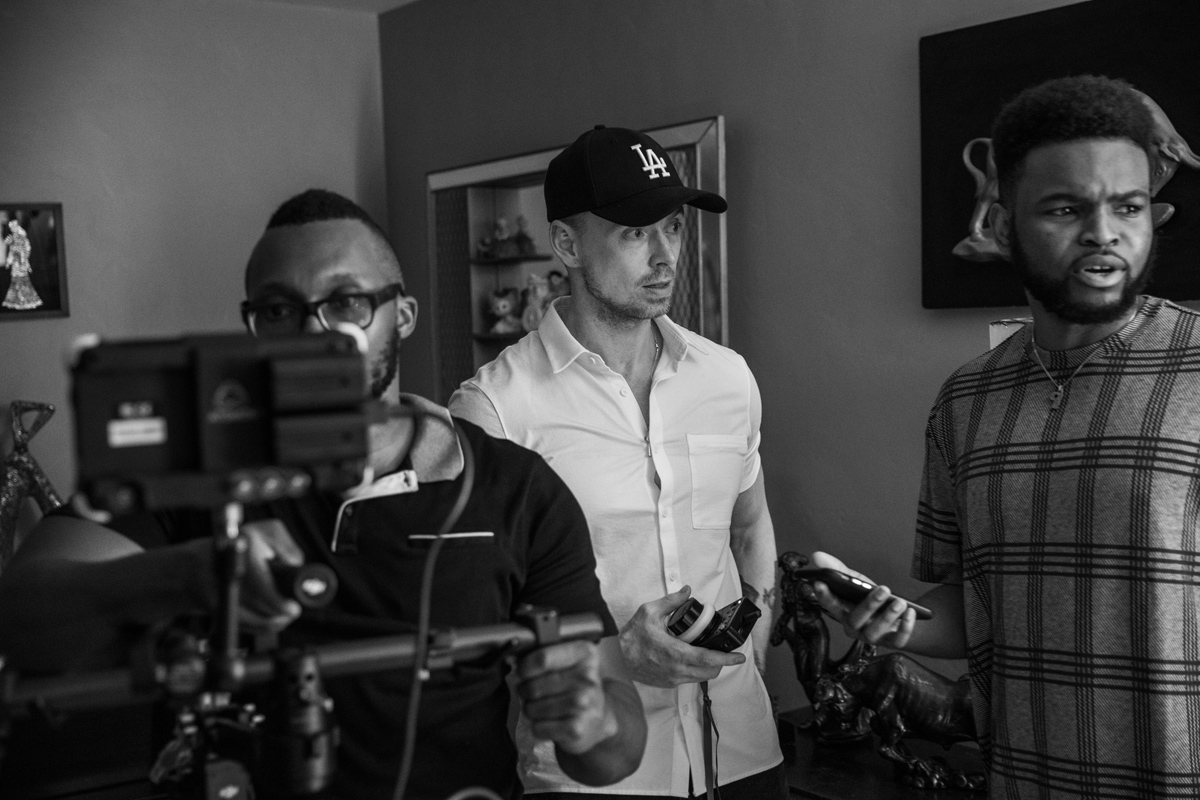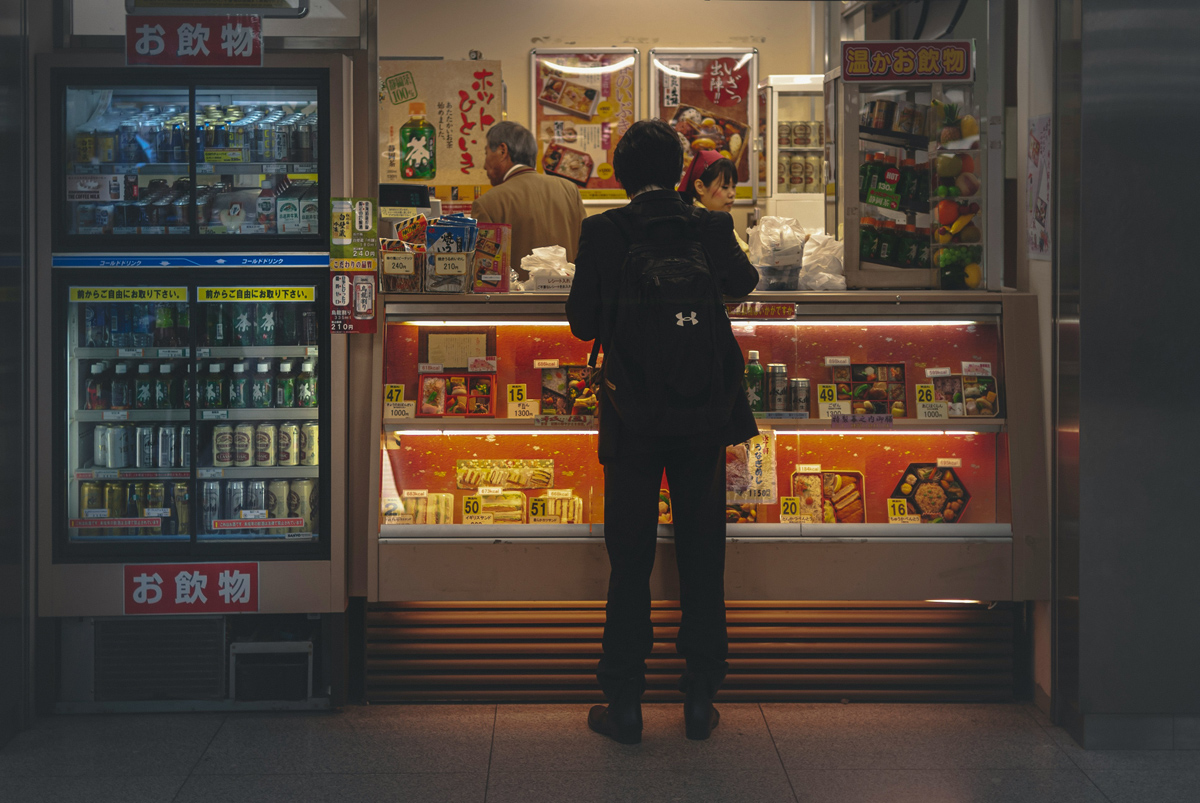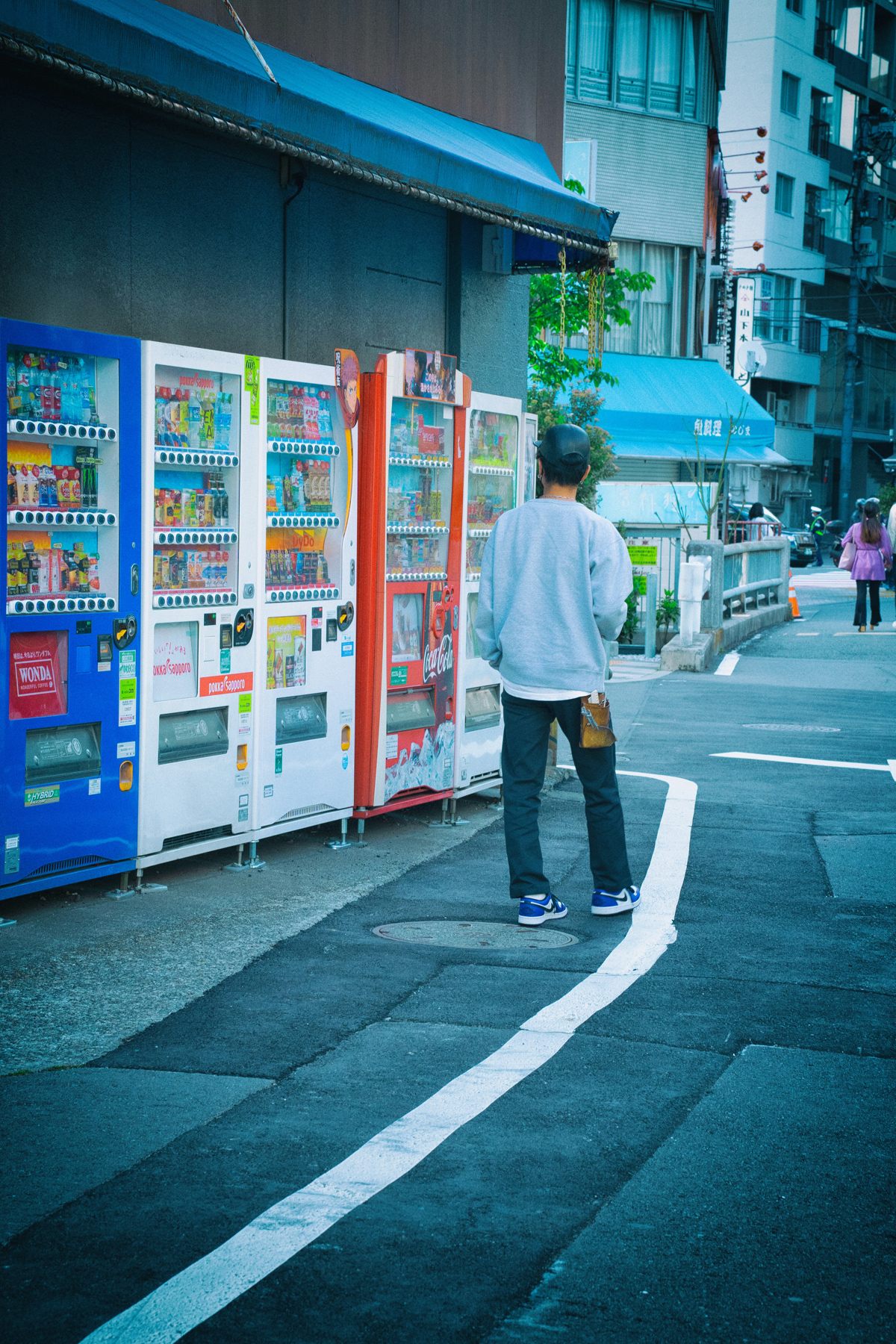White Cyc Wall Studio Rental Los Angeles: Premium Infinite Background Solutions

The magic of professional productions lies in their ability to create seemingly limitless environments within controlled studio spaces. When you need that perfect infinite background that disappears seamlessly into white space, nothing beats a professionally maintained white cyc wall studio rental Los Angeles facility. These specialized backgrounds have become the foundation for everything from high-end fashion photography to major commercial productions.
Downtown Los Angeles houses some of the most sophisticated studio facilities in the entertainment industry, yet finding a white cyc wall studio rental Los Angeles space that combines proper dimensions, professional lighting infrastructure, and technical support remains surprisingly challenging. Our 30,000 square foot facility addresses this gap with purpose-built cyc wall stages designed to meet the exacting standards of professional productions.
Understanding the White Cyc Wall Advantage

White cyc walls create the illusion of infinite space by eliminating visible corners and horizon lines. Unlike flat backdrops or temporary solutions, a properly constructed cyc wall curves seamlessly from floor to back wall to ceiling, creating an environment where subjects appear to float in limitless white space. This effect proves impossible to achieve with standard studio backdrops or makeshift solutions.
The curved construction of professional white cyc wall studio rental Los Angeles facilities eliminates the harsh shadow lines that plague flat backdrop setups. This seamless transition allows for dramatic lighting effects, with gradual falloff from bright to shadowed areas that create depth and dimension without visible background elements competing for attention.
Technical Construction Requirements
Building an effective cyc wall requires precise construction techniques that go far beyond painting a corner white. The curve radius must be carefully calculated to eliminate visible seams while maintaining structural integrity. Our facility features a professionally engineered cyc wall with a 12-foot radius curve that provides optimal results for both photography and video production.
Surface preparation proves crucial for maintaining the seamless appearance that makes white cyc wall studio rental Los Angeles facilities valuable. Our cyc wall receives regular maintenance with specialized matte white paint that eliminates reflections while providing even light distribution across the entire surface.
Lighting Techniques for White Cyc Wall Success

Proper lighting transforms a white cyc wall from simple backdrop into creative tool. The key lies in understanding how to light the cyc wall independently from your subject, creating the precise mood and atmosphere your production requires. Professional white cyc wall studio rental Los Angeles facilities provide the lighting infrastructure necessary for these sophisticated setups.
Even illumination across the cyc wall surface requires specific lighting angles and fixture placement that amateur setups cannot accommodate. Our facility includes permanently mounted lighting positions optimized for cyc wall work, with sufficient power distribution to support multiple high-output fixtures without electrical limitations.
Subject Separation and Depth Control
Creating convincing infinite backgrounds requires careful attention to subject placement and lighting ratios. The distance between your subject and the cyc wall determines how much background control you maintain in post-production. Professional white cyc wall studio rental Los Angeles spaces provide adequate depth to position subjects properly while maintaining room for camera movement and lighting equipment.
Our downtown facility offers 40 feet of depth from the cyc wall to the opposite wall, allowing for optimal subject placement while accommodating wide-angle shots and complex camera movements. This space proves essential for productions requiring multiple camera angles or subjects moving through the frame.
Versatility Beyond Simple White Backgrounds

While white cyc wall studio rental Los Angeles facilities excel at creating clean, infinite white backgrounds, their true versatility emerges through creative lighting applications. The neutral white surface serves as a canvas for colored lighting effects, allowing you to transform the background into virtually any color or gradient through strategic light placement.
Professional productions frequently use cyc walls as projection surfaces for subtle texture or pattern work. The smooth, uniform surface accepts projected images cleanly, enabling background effects that would be impossible with textured walls or temporary backdrops. This capability extends the creative possibilities far beyond simple white space applications.
Mood and Atmosphere Creation
The ability to control background tone and color through lighting makes white cyc wall studio rental Los Angeles spaces invaluable for productions requiring specific atmospheric effects. Subtle color washes can suggest time of day, emotional tone, or environmental conditions without the expense and complexity of elaborate set construction.
Our facility's lighting infrastructure supports complex color mixing and gradient effects across the cyc wall surface. DMX-controlled LED fixtures allow for precise color adjustment and smooth transitions, enabling real-time background changes during production without interrupting workflow.
Downtown Los Angeles Production Advantages

Location significantly impacts the success and efficiency of studio productions. Downtown Los Angeles offers unique advantages for white cyc wall studio rental Los Angeles projects, including proximity to talent agencies, equipment houses, and post-production facilities. This concentration of industry resources reduces travel time and coordination complexity.
Our downtown location provides easy access from all major Los Angeles freeways, while offering convenient parking for crew vehicles and equipment trucks. Loading dock access eliminates the challenges of moving equipment through building lobbies or up elevators, streamlining the setup process for complex productions.
Industry Infrastructure Benefits
The entertainment industry infrastructure concentrated in downtown Los Angeles means shorter travel distances for specialized equipment rentals, wardrobe services, and technical crew. This proximity reduces production costs while improving scheduling flexibility for white cyc wall studio rental Los Angeles sessions.
Post-production facilities located nearby enable immediate review and approval of footage, allowing for real-time adjustments while lighting and camera setups remain in place. Our facility includes on-site editing bays that eliminate the need for external post-production coordination during production.
Comparing Cyc Wall Sizes and Specifications

Cyc wall dimensions dramatically affect production possibilities and creative options. Most facilities offer cyc walls ranging from 20 to 40 feet in width, but few provide the height and depth necessary for sophisticated productions. When evaluating white cyc wall studio rental Los Angeles options, consider how wall dimensions will impact your specific shooting requirements.
Our facility features a 40-foot wide cyc wall with 20-foot ceiling height, providing exceptional vertical space for elevated camera positions and dramatic lighting effects. The 30-foot depth from cyc wall to camera positions allows for proper subject separation while accommodating telephoto lenses and complex staging.
Surface Quality and Maintenance Standards
The quality of cyc wall surface finish directly impacts production results. Imperfections, scratches, or uneven paint application become visible under professional lighting, requiring expensive post-production cleanup or costly re-shoots. Professional white cyc wall studio rental Los Angeles facilities maintain strict surface quality standards through regular inspection and maintenance.
Our cyc wall receives professional repainting using specialized matte white paint formulated for photographic applications. This maintenance schedule ensures consistent surface quality while eliminating the texture and reflection issues that plague poorly maintained facilities.
Production Planning for Cyc Wall Success

Successful cyc wall productions require careful pre-production planning that accounts for lighting requirements, camera positions, and talent movement. Understanding these factors before booking your white cyc wall studio rental Los Angeles session prevents costly surprises and ensures optimal results.
Our production team provides pre-production consultation to help plan your cyc wall setup. This service includes lighting recommendations, equipment requirements, and staging suggestions based on your specific creative goals. Early planning eliminates production day problems while maximizing creative possibilities.
Equipment and Power Requirements
Cyc wall lighting requires significantly more power than standard portrait or product photography setups. Professional white cyc wall studio rental Los Angeles facilities must provide adequate electrical infrastructure to support multiple high-wattage fixtures without circuit limitations or power quality issues.
Our facility offers 400-amp service with distributed outlets throughout the studio space. This capacity supports extensive lighting packages while maintaining clean power for sensitive camera and audio equipment. Dedicated circuits for different equipment types prevent interference and ensure stable operation.
Fashion and Commercial Photography Applications

Fashion photography and commercial work represent primary applications for white cyc wall studio rental Los Angeles facilities. The clean, infinite background allows clothing and products to command full attention without competing visual elements. This focus proves essential for e-commerce photography, catalog work, and advertising campaigns.
Recent fashion productions have utilized our cyc wall facility for major catalog shoots requiring consistent lighting and background treatment across hundreds of product images. The controlled environment eliminates variables that plague outdoor or location shooting, ensuring consistent results regardless of weather or external conditions.
Product Photography Excellence
Product photography benefits enormously from cyc wall environments that eliminate background distractions while providing perfect lighting control. The seamless background creates the floating effect that makes products appear three-dimensional and engaging. Professional white cyc wall studio rental Los Angeles spaces provide the infrastructure necessary for sophisticated product photography.
Our facility accommodates product photography ranging from small jewelry items to large furniture pieces. The cyc wall dimensions and lighting flexibility support wide-ranging product requirements while maintaining the consistent quality standards commercial clients demand.
Video Production and Motion Applications

Video production on cyc walls requires different considerations than still photography, particularly regarding camera movement and lighting consistency. Professional white cyc wall studio rental Los Angeles facilities must accommodate moving cameras while maintaining even lighting across the entire cyc wall surface.
Our facility design supports complex camera movements including dollies, jibs, and Steadicam work. The smooth concrete floor eliminates vibration issues while providing stable support for heavy camera equipment. Sound treatment prevents unwanted reflections that could compromise audio quality during dialogue recording.
Lighting for Motion Picture Work
Motion picture lighting on cyc walls demands fixtures capable of maintaining consistent output throughout extended takes. LED panel systems provide the reliability and color accuracy necessary for professional video production while generating minimal heat that could affect talent comfort or equipment operation.
Our lighting infrastructure includes professional LED panels specifically chosen for video production applications. These fixtures offer precise color temperature control and dimming capabilities that allow for lighting adjustments during takes without interrupting the action.
Booking and Scheduling Considerations
Peak demand for white cyc wall studio rental Los Angeles facilities occurs during certain times of year, particularly during commercial production seasons and fashion campaign periods. Planning your booking strategy around these patterns ensures availability while potentially securing better rates during off-peak periods.
Our flexible booking system accommodates various production schedules, from quick half-day sessions to extended week-long productions. We also offer setup and strike time at reduced rates, allowing productions to prepare complex lighting setups without paying full production rates for non-shooting time.
Technical Support and Services
Professional white cyc wall studio rental Los Angeles should include technical support to help troubleshoot lighting issues and optimize camera settings for cyc wall work. Our experienced crew understands the nuances of cyc wall production and can provide guidance on achieving specific visual effects.
Additional services include equipment rental, catering coordination, and talent management support. These integrated services streamline production logistics while ensuring all elements work together seamlessly.
Cost Analysis and Production Value

Investment in professional white cyc wall studio rental Los Angeles facilities must be evaluated against the production value and time savings they provide. While professional facilities represent higher upfront costs than amateur alternatives, the savings in post-production cleanup and re-shoot prevention often justify the investment.
The controlled environment eliminates weather delays, permits requirements, and location fees that plague outdoor productions. Additionally, the consistent quality results reduce post-production time and complexity, often resulting in lower overall production costs despite higher studio rental fees.
Return on Investment Calculations
Professional productions typically calculate ROI for white cyc wall studio rental Los Angeles based on time savings, result quality, and risk mitigation. The ability to achieve desired results in fewer takes, with less post-production work, and without weather-related delays often provides substantial cost savings.
Our facility design maximizes production efficiency through optimized equipment placement, convenient power access, and climate-controlled environments. These factors contribute to faster setup times and more productive shooting days, improving the overall value proposition.
Case Study: Set Construction Integration
Recent productions have successfully integrated set construction with our cyc wall facility, creating environments that transition seamlessly from practical sets to infinite white space. This approach allows for complex staging that would be impossible with location shooting or smaller studio spaces.
The Alexandra Shipp production utilized this integration technique, building practical set elements that flowed into the cyc wall background. This approach created visual depth and interest while maintaining the clean, professional appearance that cyc walls provide.
Future-Proofing Your Production Approach

Technology continues to evolve production techniques, but the fundamental value of professional white cyc wall studio rental Los Angeles facilities remains constant. Virtual production and LED wall technology complement rather than replace traditional cyc wall applications, often requiring both techniques within the same production.
Our facility stays current with technological developments while maintaining the classic production capabilities that form the foundation of professional content creation. This approach ensures your productions benefit from the latest innovations while maintaining compatibility with established workflows.
Integration with Emerging Technologies
Modern productions increasingly combine traditional cyc wall work with motion capture, real-time rendering, and augmented reality elements. Our facility design accommodates these hybrid approaches, providing the space and infrastructure necessary for complex multi-technology productions.
The combination of traditional techniques with emerging technology creates new creative possibilities while maintaining the reliability and predictability that make white cyc wall studio rental Los Angeles valuable for professional productions.
Making Your White Cyc Wall Vision Reality
Professional white cyc wall studio rental Los Angeles provides the foundation for creating compelling visual content that commands attention and delivers results. The combination of proper facilities, technical infrastructure, and professional support eliminates the barriers that prevent many productions from achieving their creative potential.
Our downtown Los Angeles facility offers the space, equipment, and expertise necessary to transform your creative vision into professional reality. From fashion photography to commercial video production, our cyc wall facility provides the controlled environment where creativity flourishes.
Ready to experience the difference that professional white cyc wall facilities make? Contact us today to schedule your studio tour and discover why industry professionals choose our facility for their most important productions.
Tour Our Production Space
See firsthand how professional white cyc wall studio rental Los Angeles can elevate your next production. Our team is ready to demonstrate our facility capabilities and discuss how we can bring your creative vision to life with the quality and reliability your project deserves.
Book your studio today and discover the creative possibilities that open up when you have access to truly professional cyc wall facilities. Let's create something extraordinary together.
